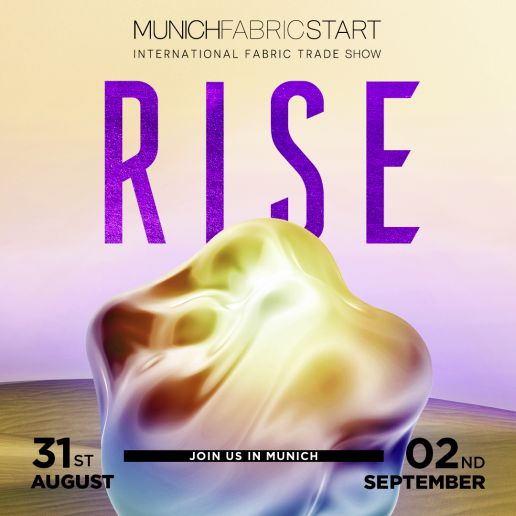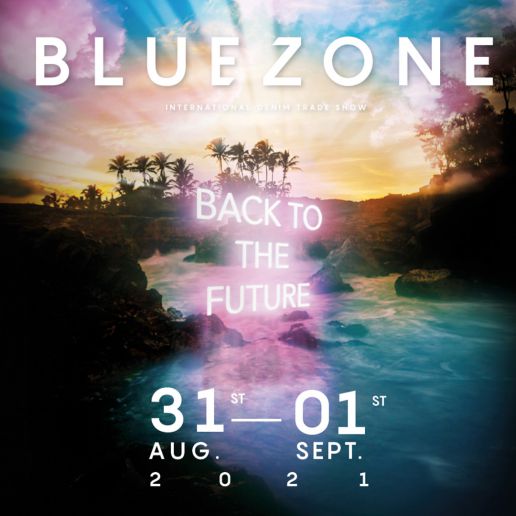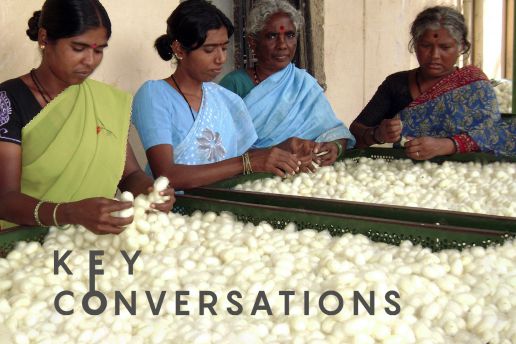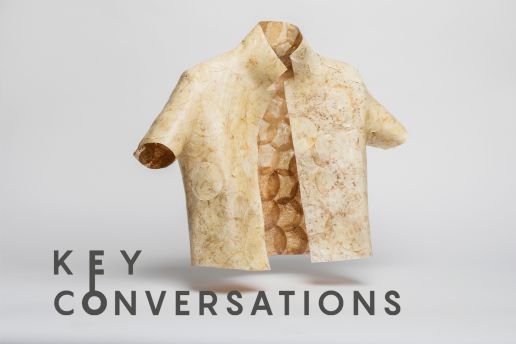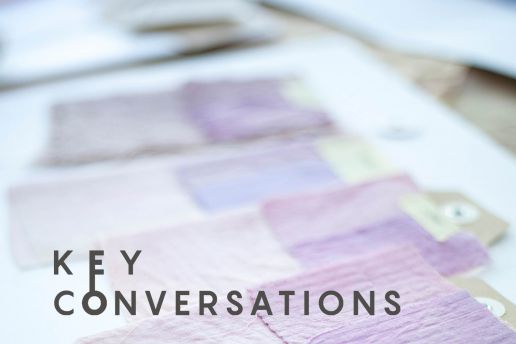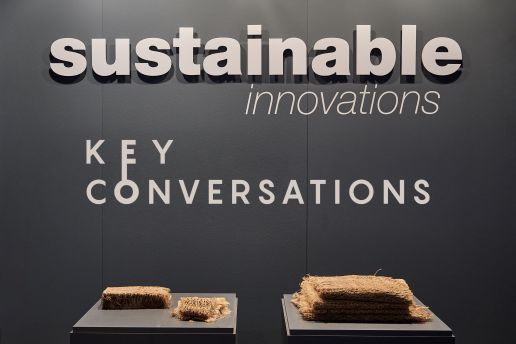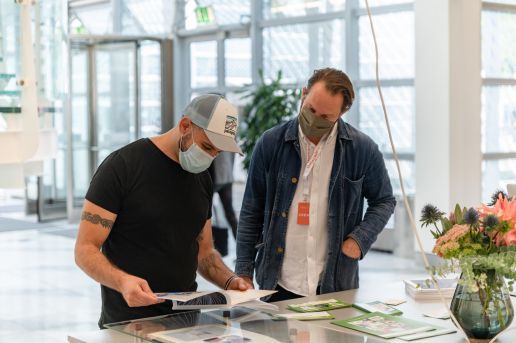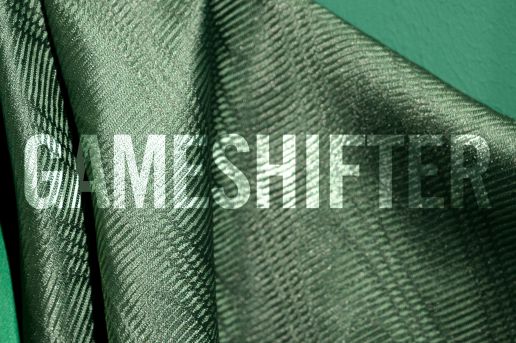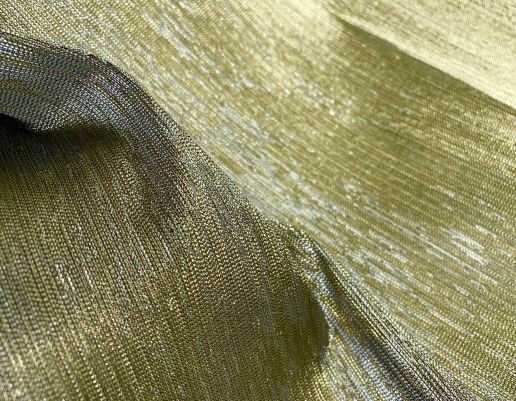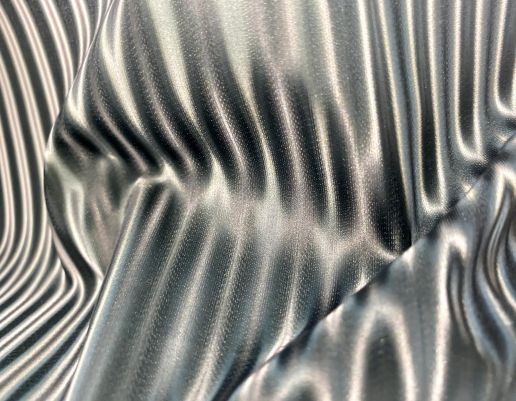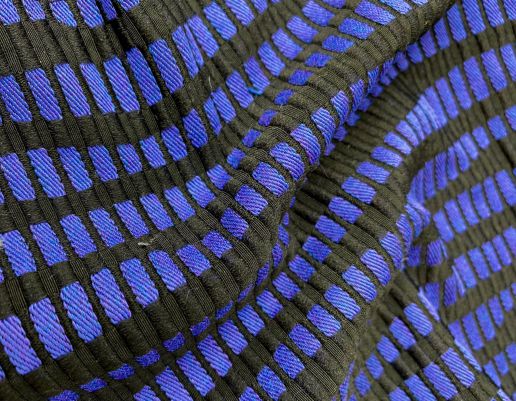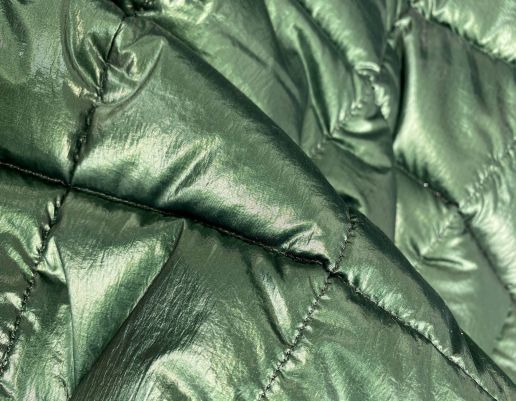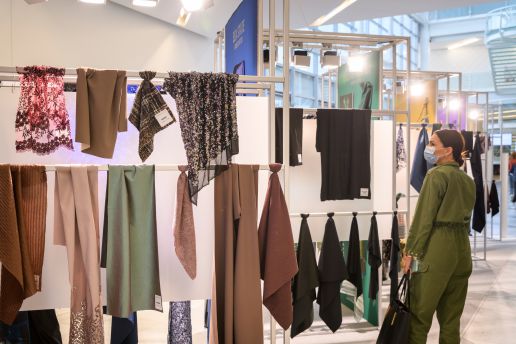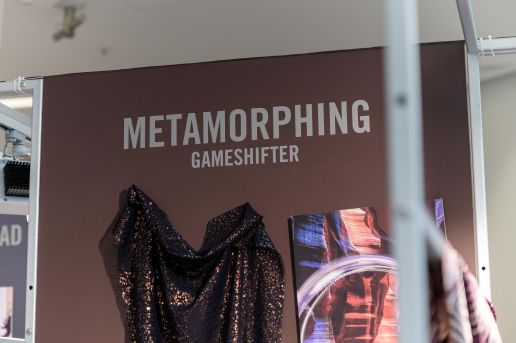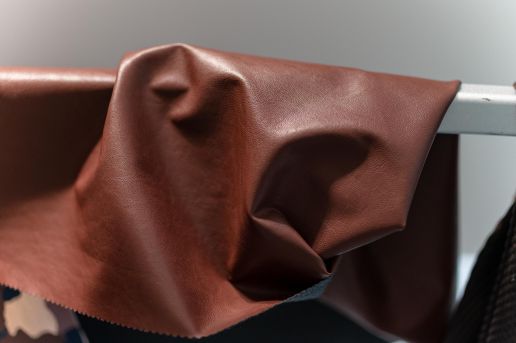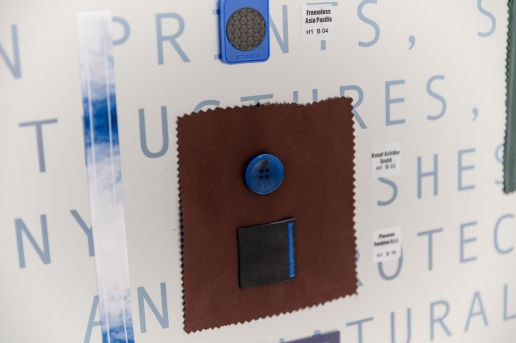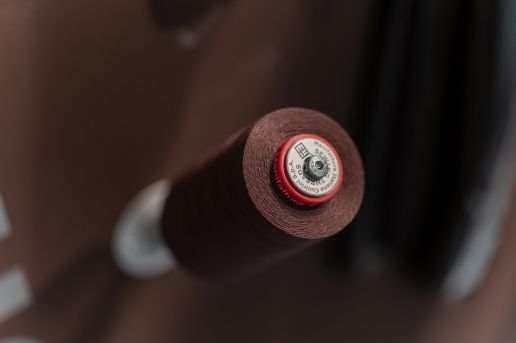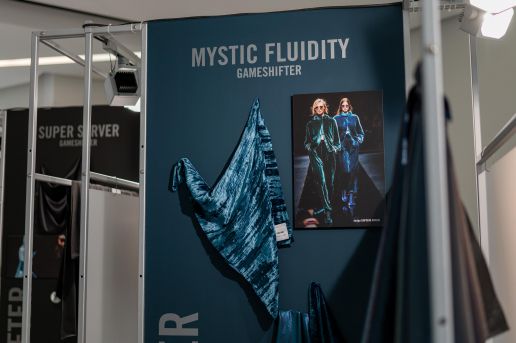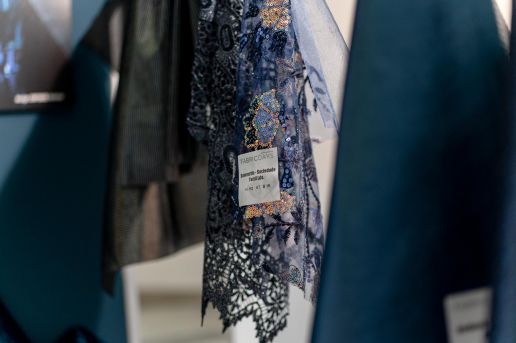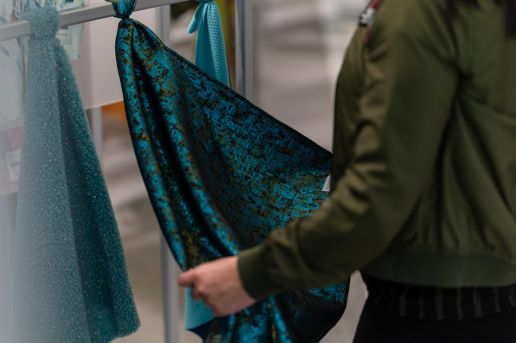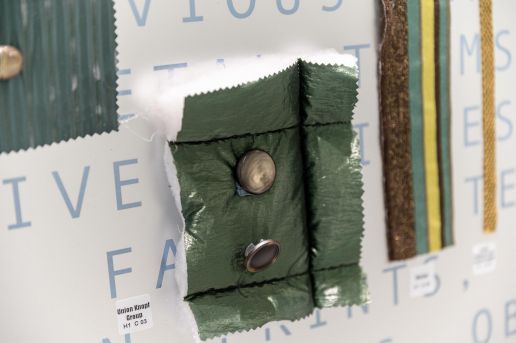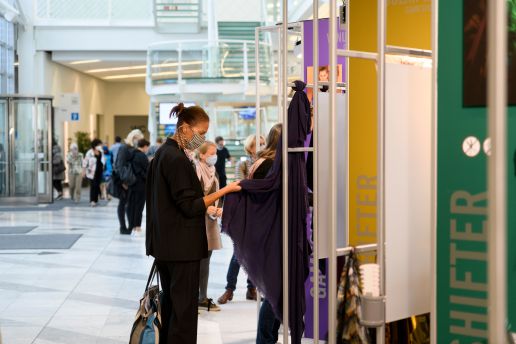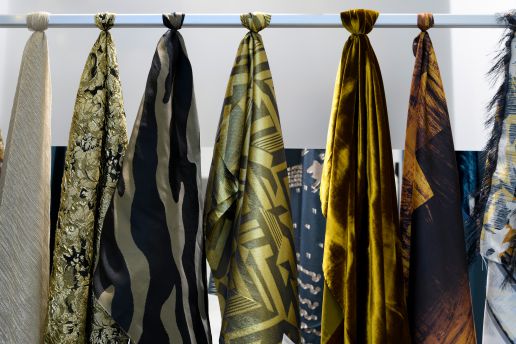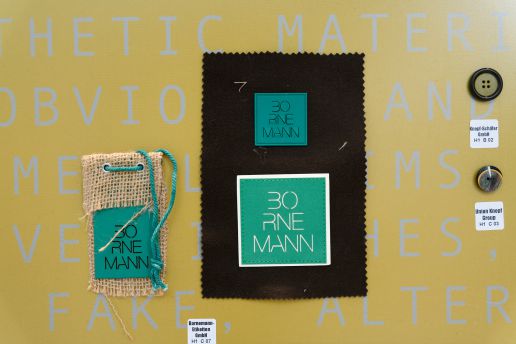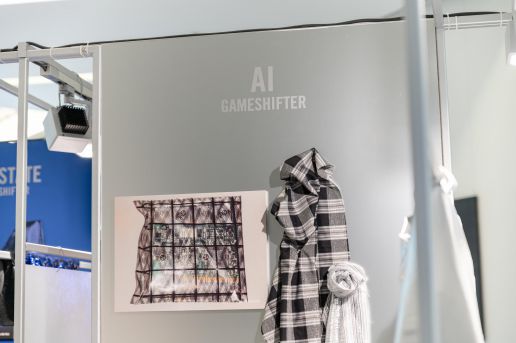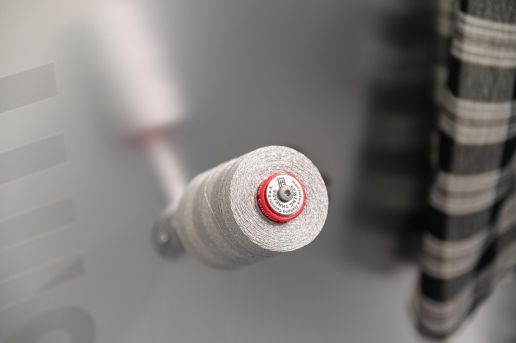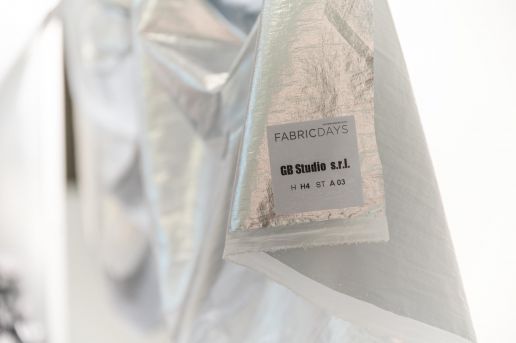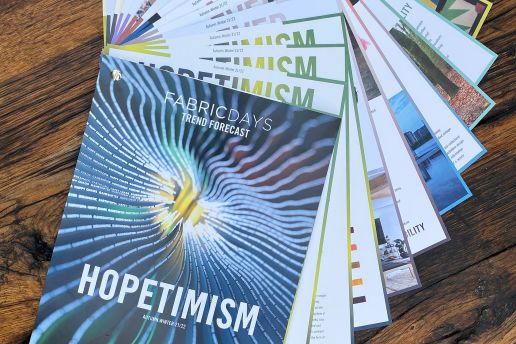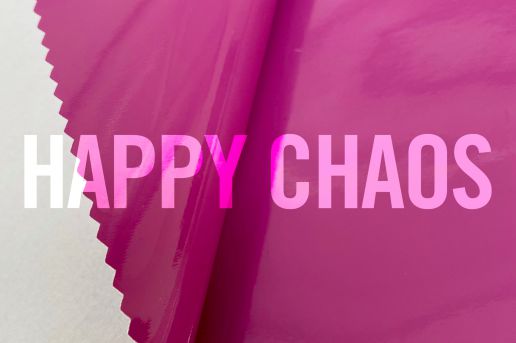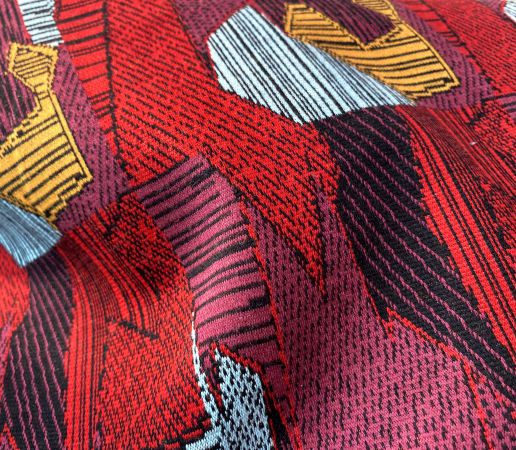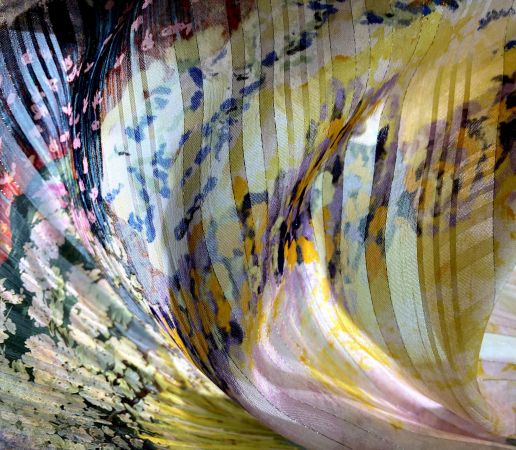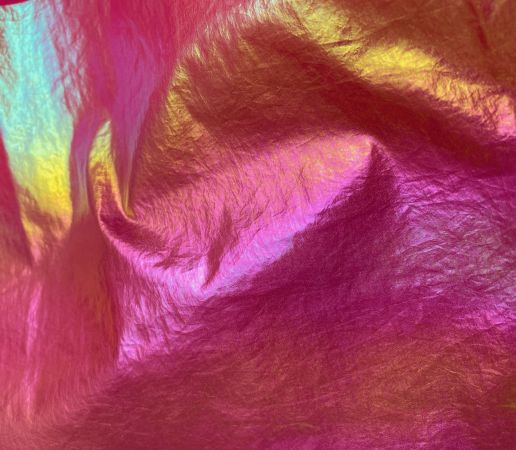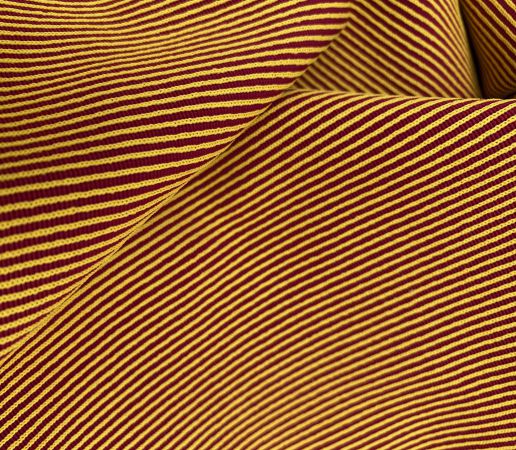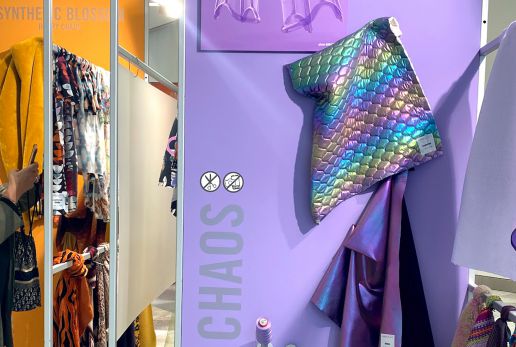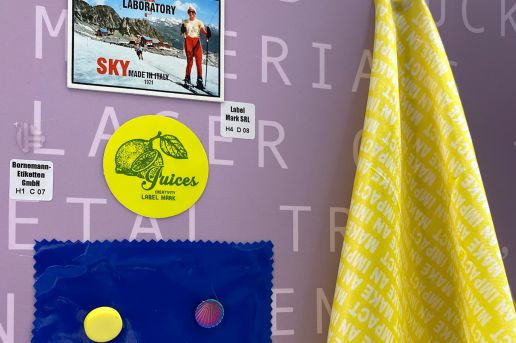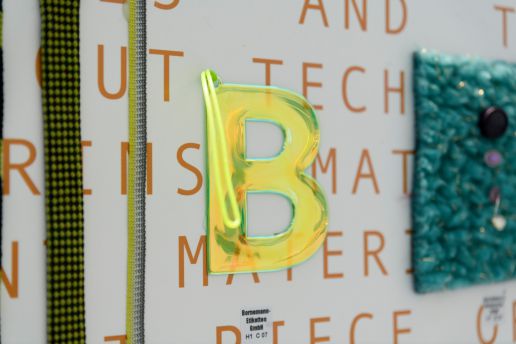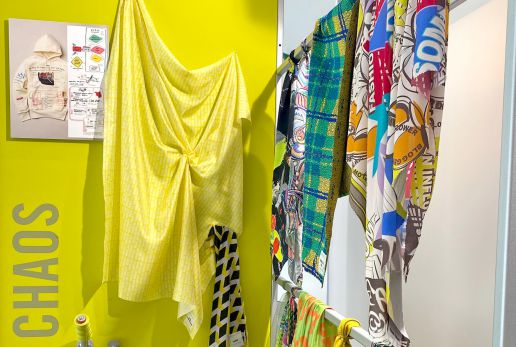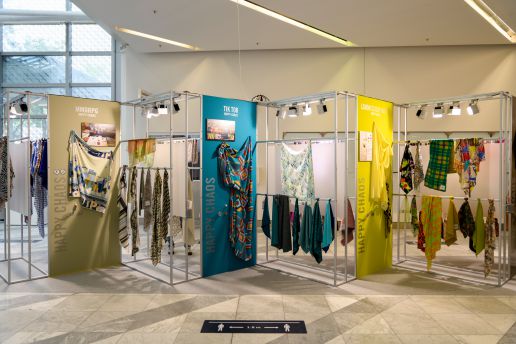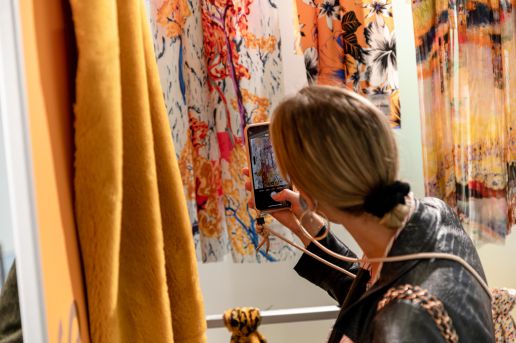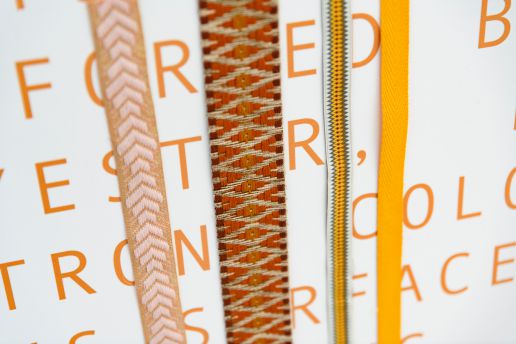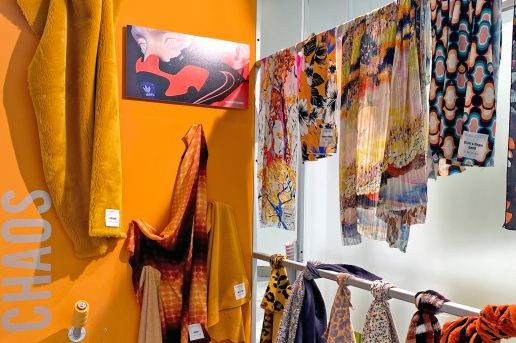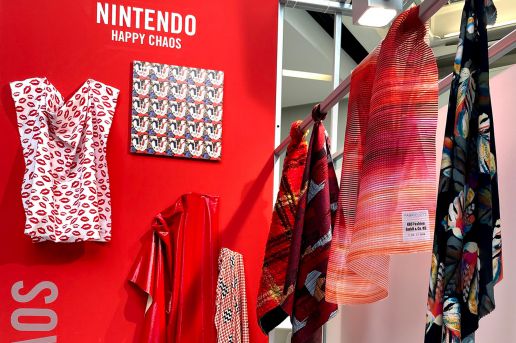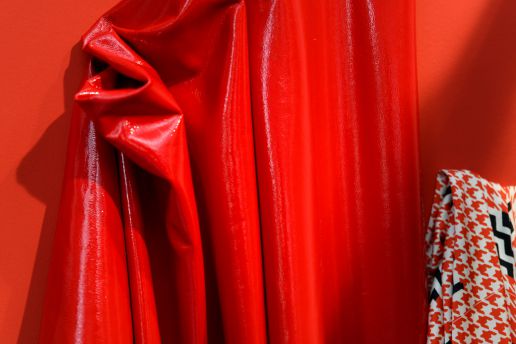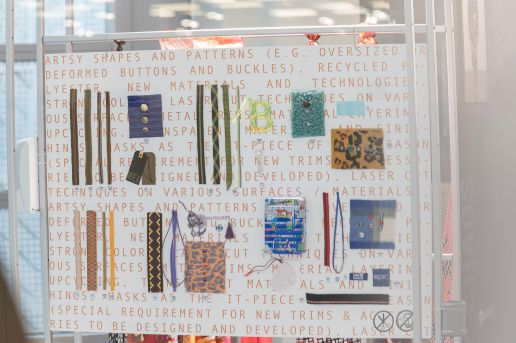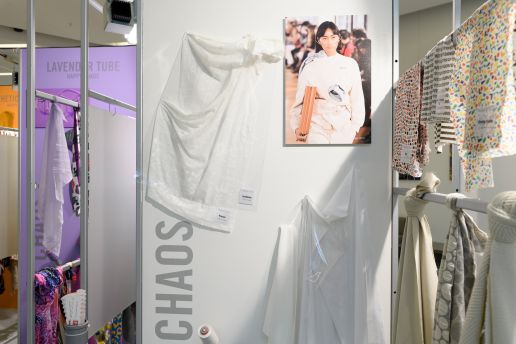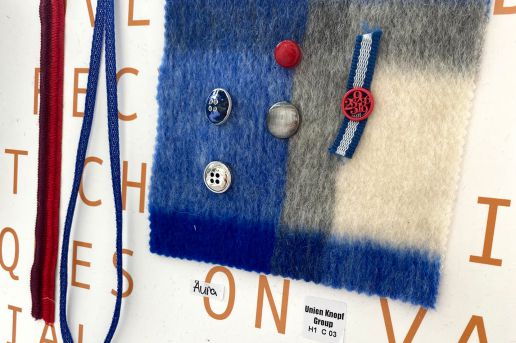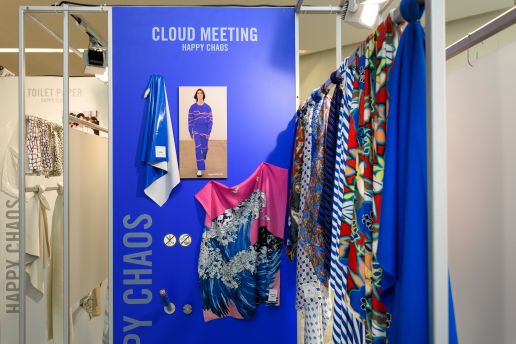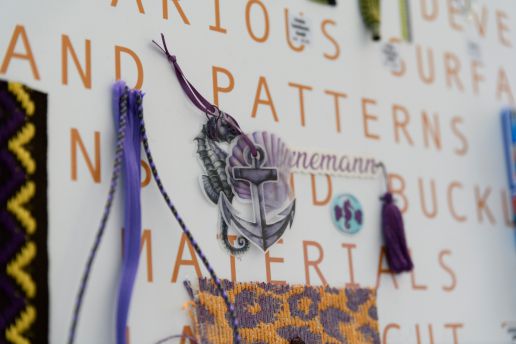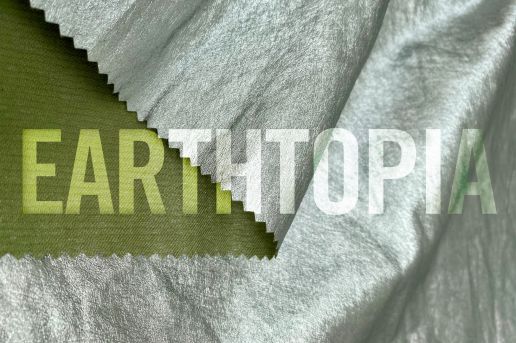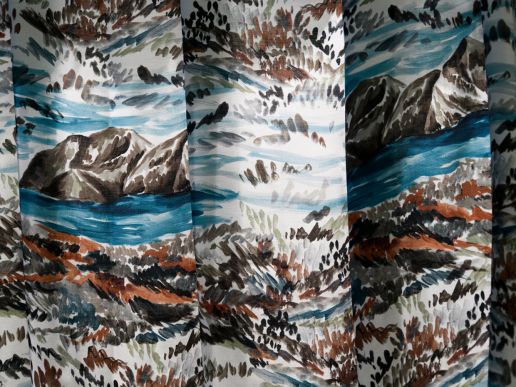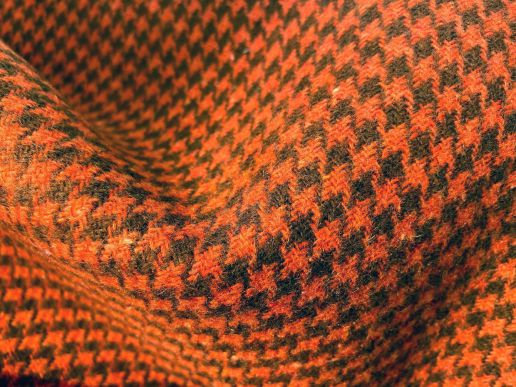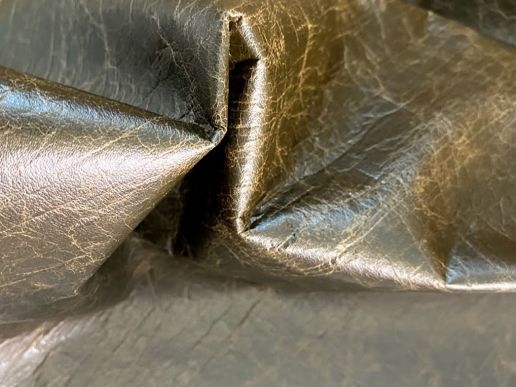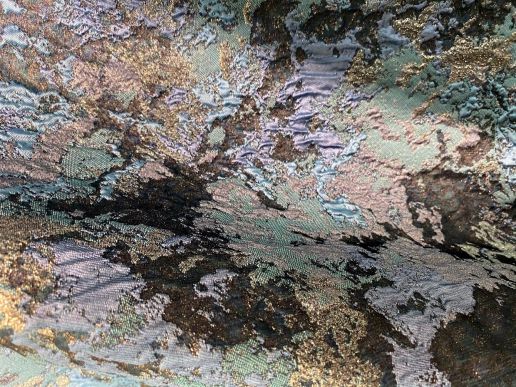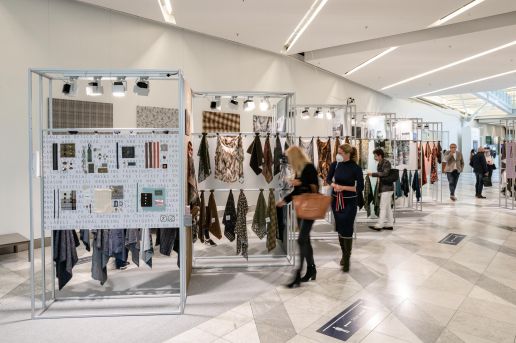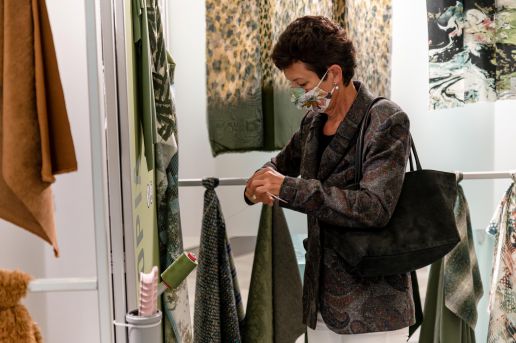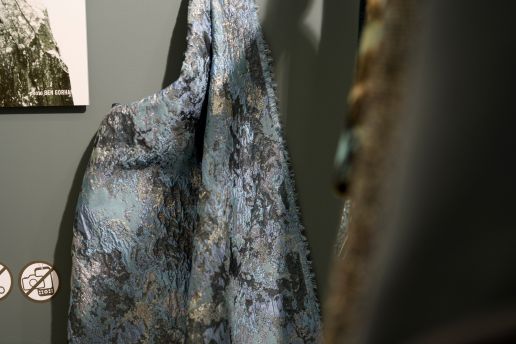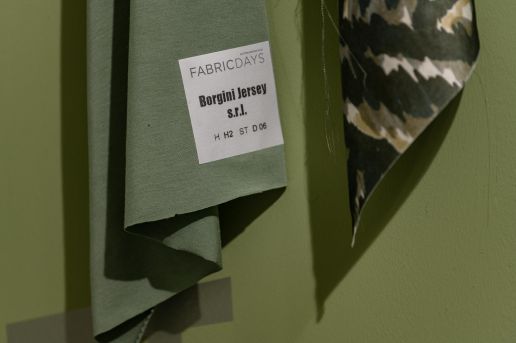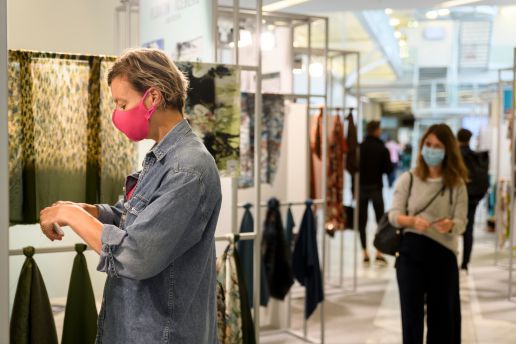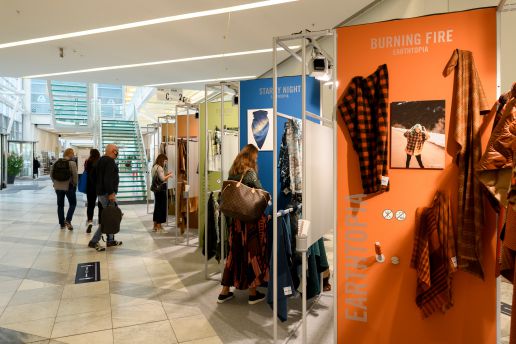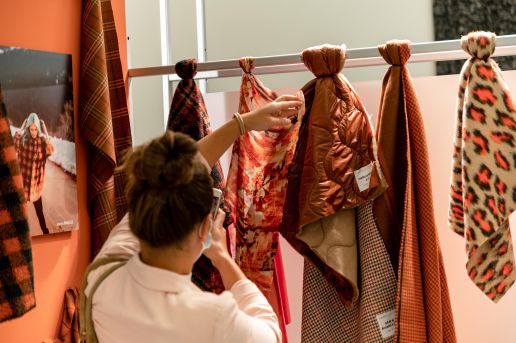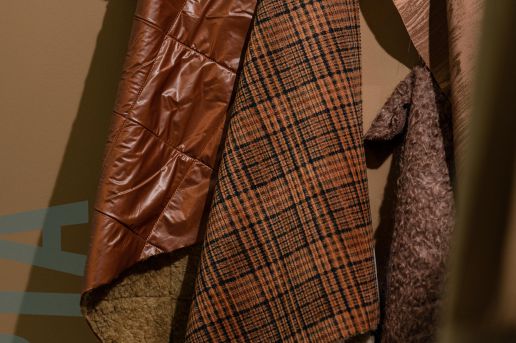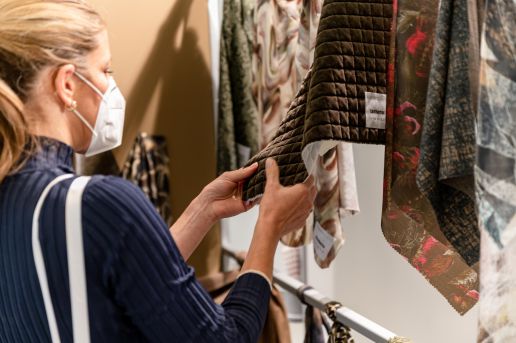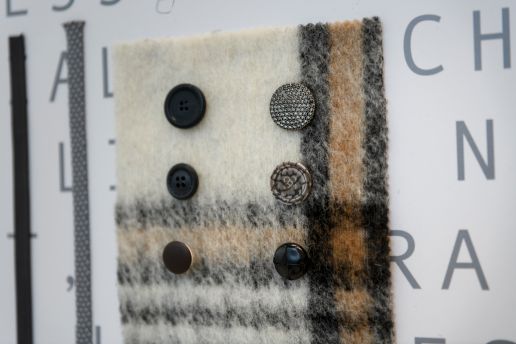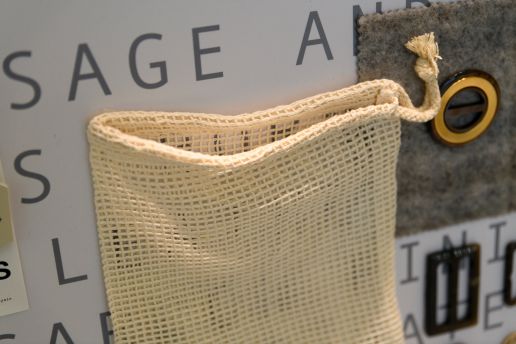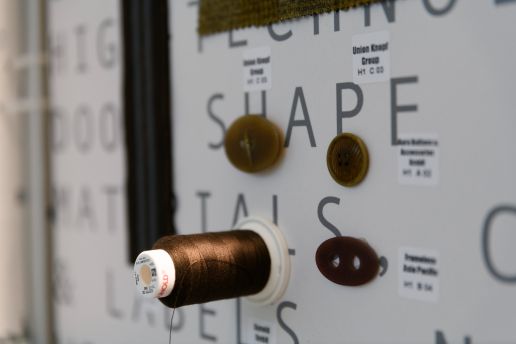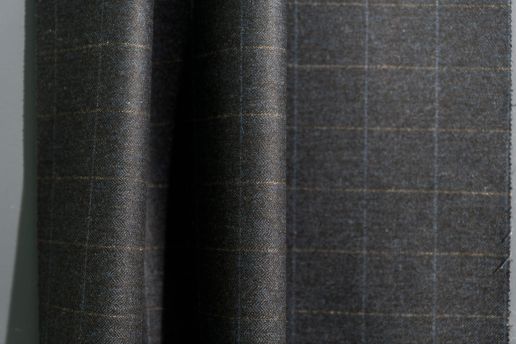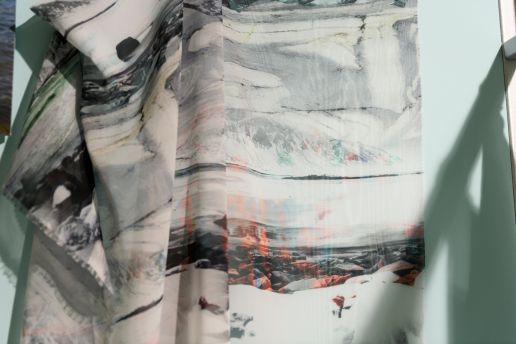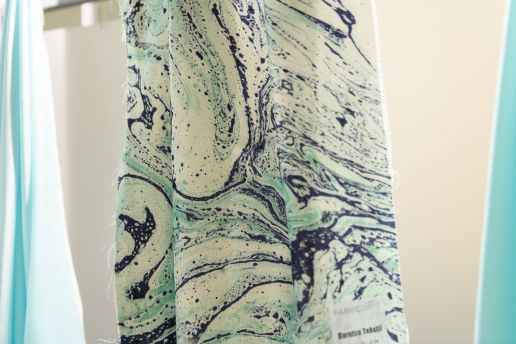Sustainability
Step into Sustainable Innovations with us
We’re proud to announce the next edition of Sustainable Innovations Forum with soon take place at MUNICH FABRIC START from 31/08 – 02/09/2021 in the MOC, Munich. The inspiring showcase offers sustainable sourcing solutions with a strong focus on alternative design and manufacturing processes. Meant to encourage and support a new way of thinking and approach to sustainable textiles it also provides a unique opportunity for collaboration and conversation.
Holistic, sustainable solutions are presented in the newly designed ReSOURCE X SUSTAINABLE INNOVATIONS area for the first time together at the show. The close interaction of the innovation platforms offers orientation, depth of information and specific application options for the sourcing of future-oriented textiles.
Where will ReSOURCE X SUSTAINABLE INNOVATIONS be found at MUNICH FABRIC START? >> Foyer Hall 4, rooms K3 & K4
The new topic for this season is about scale. What’s it all about exactly?
That’s right. Each edition of our Sustainable Innovations Forum draws attention to innovations that are inspiring and shaping the industry. For the past decade, the focus has been on how designers and smaller brands could enter ‘the bigger system’ and connect with the rest of the industry. Now the focus has shifted and we are entering a new phase –the topic on everyone’s lips this year is what we can call: “Suscalability”. We already have a feeling of how the market can grow, but the questions we’re asking now are: What is the best way to grow? What does growing mean in the content of the future? How can we scale up in a responsible way? Suscalability is made up of sustainability and scalability. Ultimately, it is a balance between conscious consuming and how companies will grow their strategies in a sustainable and challenging way.
So, it’s just about growth?
Among other things, It’s more about the questions: What am I doing for whom? All brands and projects are asking themselves this question in their own context. They want to measure their own craftsmanship and skills. Suscalability is about the value of awareness, about mindful growth. There are three types of growth: horizontal, vertical and multidimensional. Vertical growth is about the product itself. Horizontal growth is about the company’s right to be part of the market. And then there is the multidimensional level, which is about the growth of the value itself and how to integrate that value into the whole production process. Suscalability is a three dimensional concept that includes all three forms. Producers need to make decisions to help them reach this point of growth – that’s the challenge.
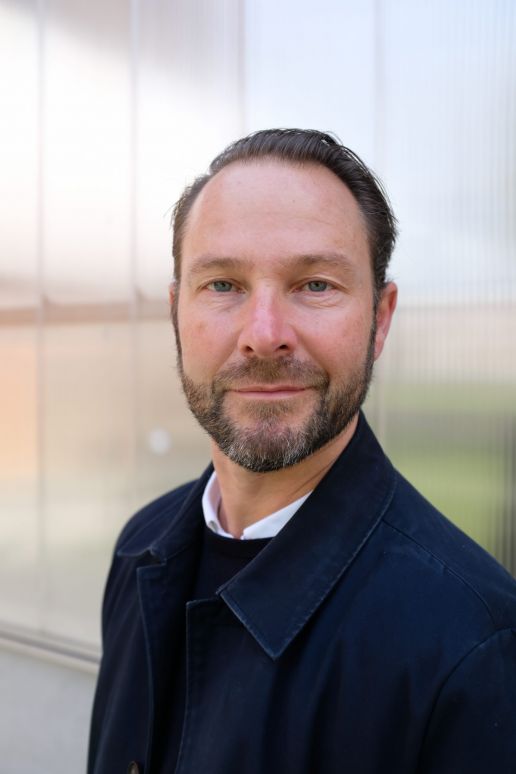
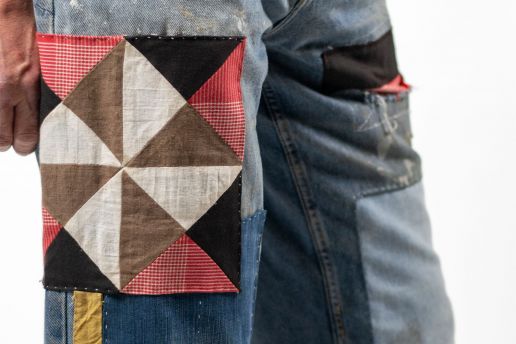
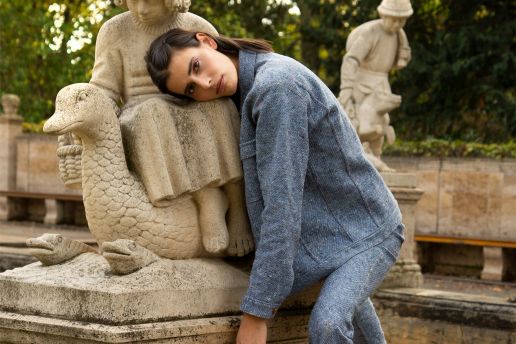
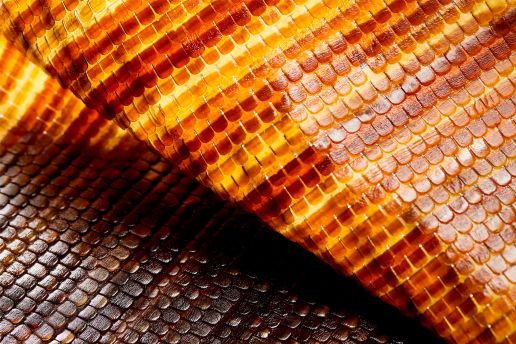
Why do we need a different approach to growth?
In the past, most companies only chose between horizontal or vertical growth. After years of growth, the question now is: how big can a brand get while remaining flexible? The scale of a company becomes either a problem or a challenge. Big companies are struggling with how to get smaller again. In my opinion, that is the reason why so many brands are launching sub-brands and collaborations at the moment. This is the only way for bigger companies to descale and deliver again. Being big is the problem – the big brands can no longer create real value from this large scale and therefore cannot break out of this vicious circle.
What do you want to achieve with your selection of brands at Munich Fabric Start’s Sustainable Innovations Forum?
Once again we aimed to capture and feel the heartbeat of the market and the work of the designers. Every project is unique and tells its own story within the larger context about the possibilities of sustainable textiles and approaches. From recycled fabrics to fashion made of dog hair to platforms for recycling and upcycling: the brands are demonstrating exactly what I was just talking about –. how to create value from a textile, how to achieve slow and mindful growth with a sustainable idea and how to earn your place in the fashion industry. But most importantly: How to reconnect the user with the resource in order to restore value. The focus on suscalability aims to encourage Sustainable Innovations visitors to interact, immerse themselves and be inspired. We want to motivate people to get involved and start thinking about new approaches.
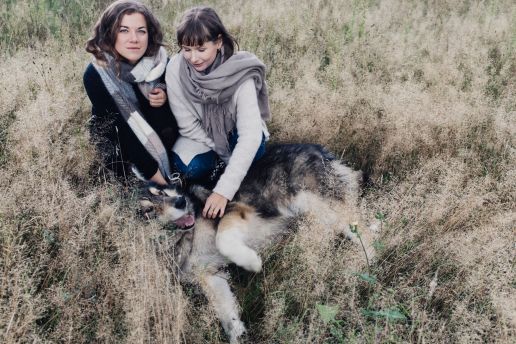

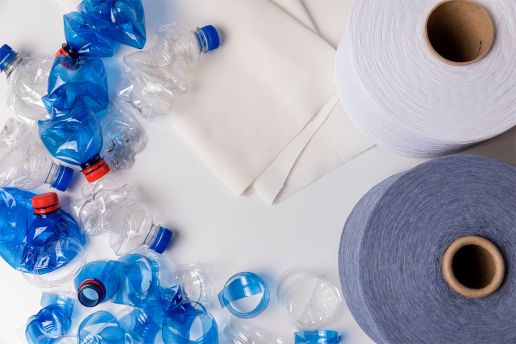
SAVE THE DATES – NEXT SHOWS
VIEW PREMIUM SELECTION
30/11 – 01/12/2021
MUNICH FABRIC START
25/01 – 27/01/2022
BLUEZONE
25/01 – 26/01/2022
Key Conversations: Consulting on Sustainable Production
When you meet Chandra Prakash for the first time and ask him ‘What do you do?’, he answers ‘sustainability consultant’ but it only takes one conversation with him to discover that in a moment he goes from working in the fields as an organic farmer to researching and developing sustainable agricultural methods in the production of natural fibers at the India-Nepal border and even more recently, securing the certification process of natural fibers using blockchain technology. Suddenly you realise ‘sustainability consultant’ doesn’t quite sum up the full scope, reach and vast nature of his work. In this interview we scratch the surface to reveal insights into his latest projects, challenges he is facing and his passion for true sustainability.
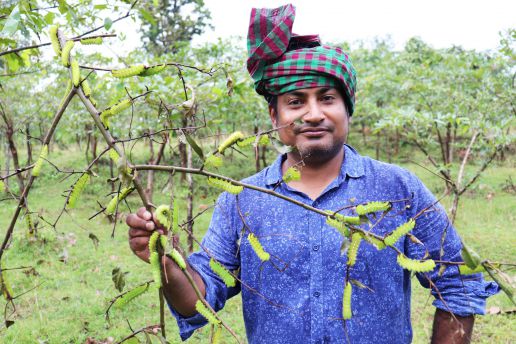
Can you tell us about your work as a sustainable fashion consultant?
I am deeply engaged with sustainable fashion and have gained invaluable insights on the its complicated supply chain from many perspectives; as an organic farmer, a textile designer, a fashion designer and as an entrepreneur selling textiles and fashion garments as the owner and founder of Cocccon specialising in the production of non-violent silk fashion. The creation and knowledge of short- and long-term sustainability road maps are my strength as a sustainability consultant.
You are currently researching other sustainable fibers and production methods, can you tell us what you are focused on?
My research is on natural fibers, in particular how they can be grown using as little water as possible and without chemicals. My current project aims to make the most sustainable and luxurious linen, kenaf & sisal fiber production located at the India-Nepal border.
You appeared in the Key Conversations video series with Simon Angel and introduced your latest technology solution to support the certification process for fabrics. Can you tell us more?
The challenges facing certification bodies have been further compromised by COVID-19. Most cotton fields are on isolated or rural terrain which means it is not possible to oversee or control the entire land. Data collection and entry is still based on trust, with no cross-verification methods. In the current system, it is not possible to authenticate the materials in the pre-fiber stages, such as the agricultural processes for growing fibers like cotton, linen etc. The lack of physical visits due to COVID-19 has resulted in the increase of greenwashing.
The technology I am currently developing can ensure auditing can be easy, safe and much more reliable. Data can also be collected at the agriculture stage. To ensure authentication, surveillance will be carried out at three different stages. Together, the use of AI technology, Blockchain technology and a smart physical auditing system will make the certification process of an organic product fool-proof.
Watch the Key Conversations episode between Chandra Prakash and Simon Angel here.
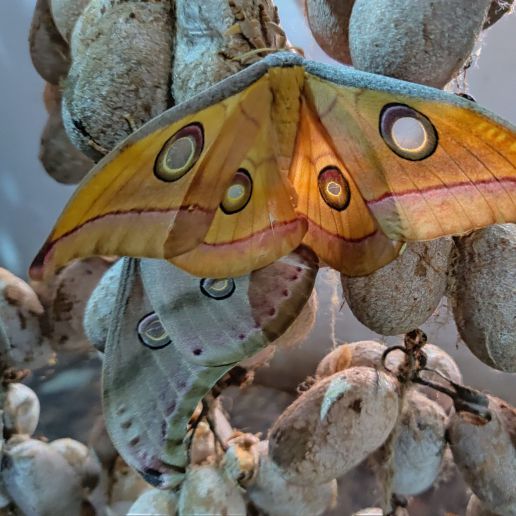
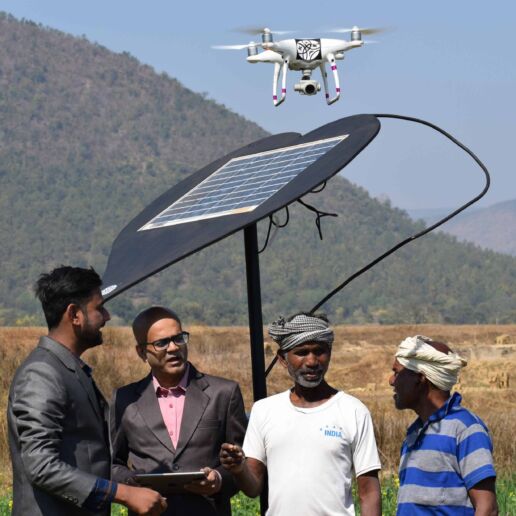
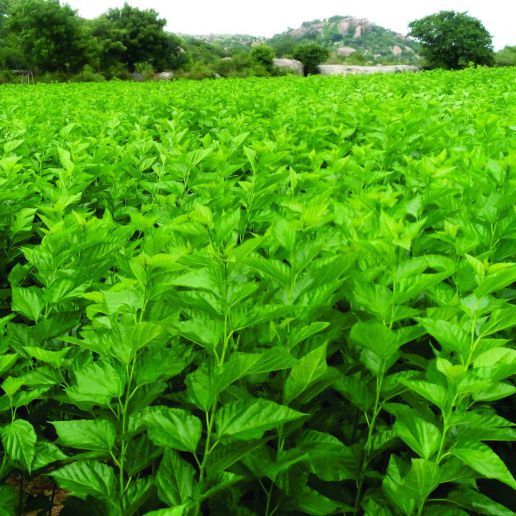
Tell us about the biggest challenge you face in the development of this new digital system?
This is very ambitious project. Traceability at raw material stage is supposed to be next to impossible. I took it as a challenge and worked hard on realising it. Connecting different kinds and levels of technology is always a challenge. Let’s just say we are working on it! We will need to work with partners from the fashion Industry including raw material and blockchain experts as well as crucial investors. We are currently looking for a CFO to join us as well.
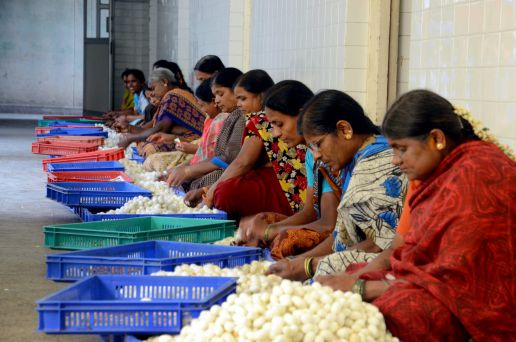
How important is it for brands to offer transparency and traceability to their consumers? i.e adopting blockchain technology.
The number of people willing to buy authentic sustainable garments or fashion accessories has increased drastically. The young adults, teens and children who are protesting at Fridays for Future and climate strikes across the world are our future clients. They want to know who made the clothes they wear. They want to know if everyone was treated well in the supply chain. They want to know if their organic t-shirt is really an organic. Traceability will be the new normal soon. Our AI & machine learning technology can help everyone from brands to end consumers. Using Blockchain can ensure certifications are reliable and authentic.
Germany will introduce new Supply Chain laws with increased focus on human rights. Can your technology help avoid human right violations?
Current regulations have limited say and access to controlling social or human factors during the production stage of raw materials. There are also challenges in checking for forced or child laborer’s at cotton and flax-linen farming. 80% of cotton farmers working in developing nations are from local tribal communities and have no government approved ID cards. On paper, they do not exist, hence regulations are not applied to them. Our IoT based technology can help organise farmers and brands to overcome these challenges. This makes our technology suitable for fool-proof, real time traceability platform from farm to fashion.
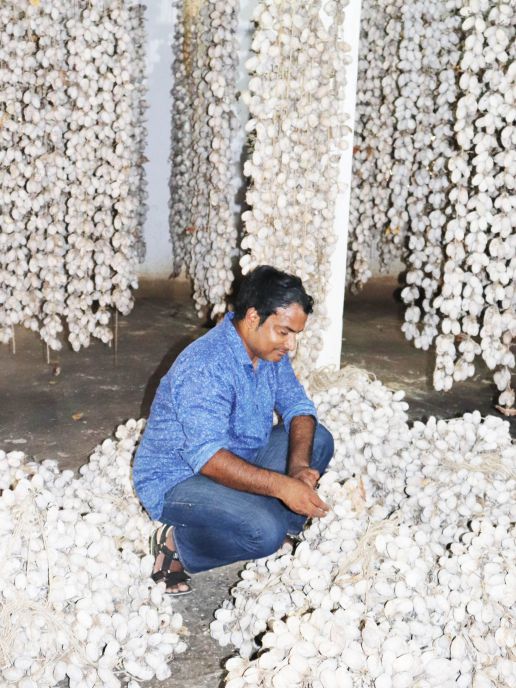
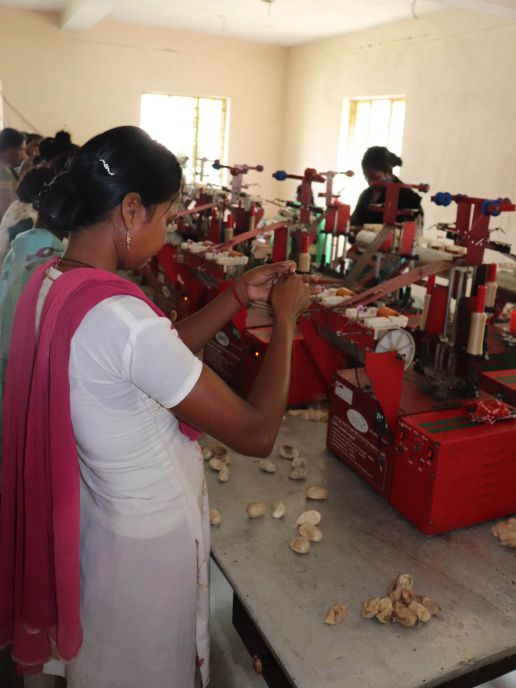
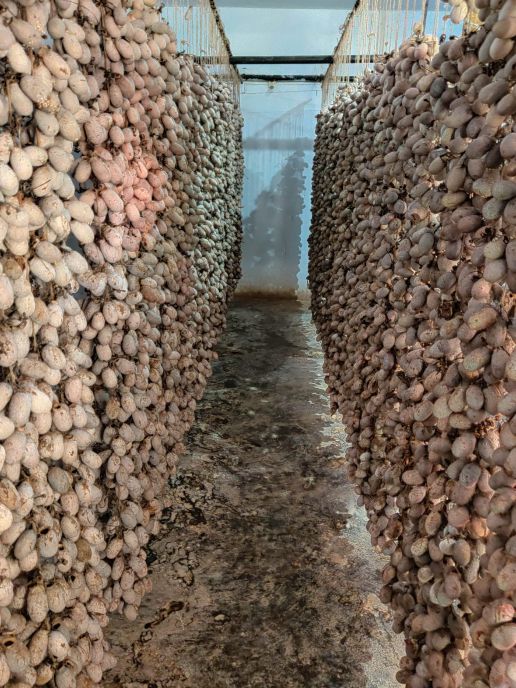
Our thanks to Chandra for his insights and joining us in conversation as part of the Key Conversation series with Sustainable Innovations curator, Simon Angel. If you’re interested in the topics discussed here by Chandra Prakash or to find out how you can support his work you can contact him here: prakash@cocccon.de
Let’s keep the conversation going … did this project spark an idea or do you have any questions? We’d love to hear from you, send us an email to info@munichfabricstart.com
Key Conversations: Seamless Production with Mushroom Mycelium
Dutch designer Aniela Hoitink is on a mission to change the way we use textiles. Known as the living material, with MycoTEX Aniela harnesses the organic and living properties of the compostable mushroom roots. Showcased in our forum for Sustainable Innovations in 2018, MycoTEX® is the ground breaking automated seamless manufacturing method allowing for custom-made products made from compostable mushroom roots.
As is the nature of living things, change and progress is a constant. From the early beginnings until now, Aniela takes us on her journey and talks us through the evolution of this sustainable innovation. From founding her own company, NEFFA, to scaling up production of MycoTEX, here’s how Aniela is changing the future of textiles.
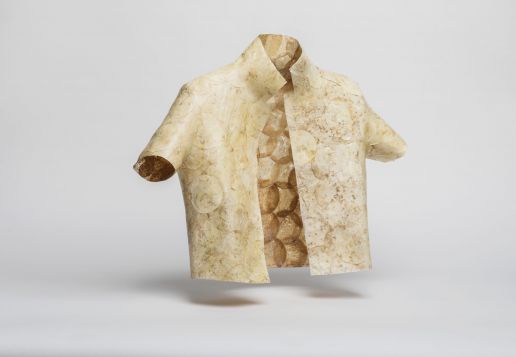
How has your work evolved since you exhibited at our innovation hub Keyhouse in 2018 as part of the Sustainable Innovations forum?
Based on feedback we received from brands and consumers, we have changed our growing method and successfully created samples which are smooth and can feature a variety of textures for unique placement options. Now further on, the first reactions from potential customers are very promising. We are working towards the development of a pilot collection over the next 12 months. Even more exciting, we have now established our company NEFFA. We have expanded our team and are raising a first funding round to produce the pilot production.
Have you seen a change in the way companies approach collaborations in the last few years?
The interest in sustainable materials has grown extensively. The goal is to find out how sincere this interest is. Do they really want to start working with your materials and products or are they just filling up their library?
What is the difference between MycoTEX and other (mycelium) materials?
Most companies are interested in developing sustainable materials that fit into the conventional supply chain, as this is the easiest way to make an impact. This conventional production method is based on cutting & sewing and overproduction. This way of production generates a lot of waste, waste that once needed water, nutrients and CO2. Our holistic approach led us to the development of an automated seamless manufacturing method for biomaterials. This allows us to make a bigger impact in terms of sustainability rather than using sustainable materials alone. As our method is not based on cutting & sewing, we do not have this production waste. Furthermore, our supply chain is much more flexible and allows for personalisation at mass production scale.
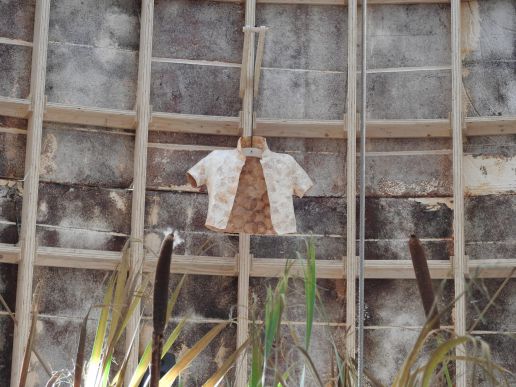
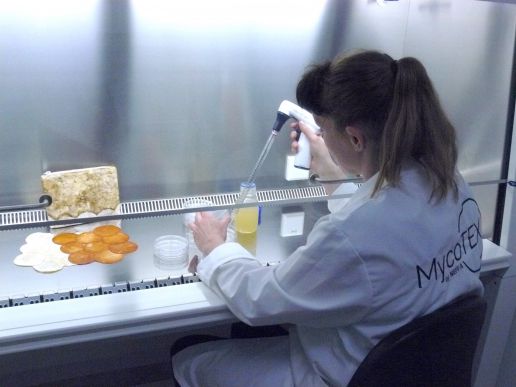
You are now in the process of scaling up the production of MycoTEX, can you share the highs & lows as well as the challenges you face to make this a reality?
Developing any company from scratch is hard but rewarding if you have a vision to follow. For us, the highs are all of the steps we take in the right direction. From finding the right partners who agree with your vision from the very first slide you show, to improving the material and achieving the result you like and more importantly seeing potential customers liking those results too.
The challenge is getting investors on board. A small ROI (return on investment) is something that most investors don’t like. The search to find the right investors takes a long time, trying to find those who are willing to join us and make an impact in the fashion industry. Clients are now used to sourcing sustainable materials and are approaching us for that reason. MycoTEX offers a product made using a seamless manufacturing technology which differs from the usual offer of fabrics by sheet or by meter. It can be challenging to convince them that our method is actually much more sustainable and worth the trouble to work with such an innovation.
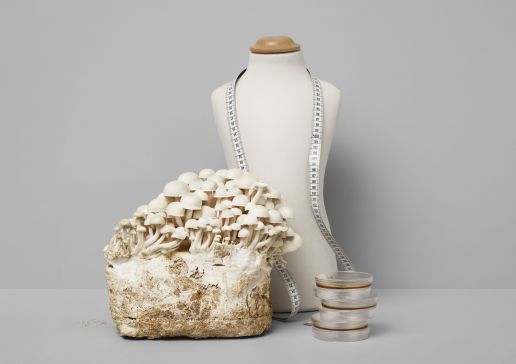
MycoTEX was recently awarded the Solar Impulse Efficient Solution Label, can you tell us what this will do for MycoTEX?
To receive the “Solar Impulse Efficient Solution” Label, MycoTEX was thoroughly assessed by a pool of independent experts according to 5 criteria covering the three main topics of feasibility, environmental impact and profitability. It is an external validation of our solution, which helps in attracting customers and investors, as this is a proof of high standards in profitability and sustainability.
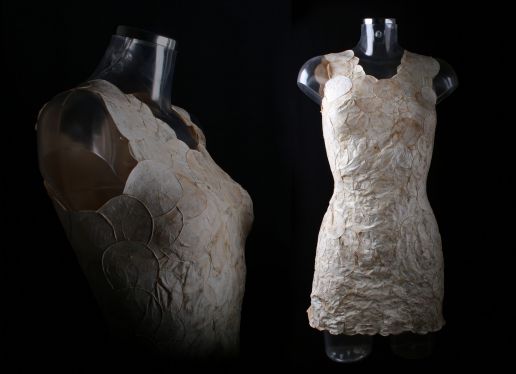
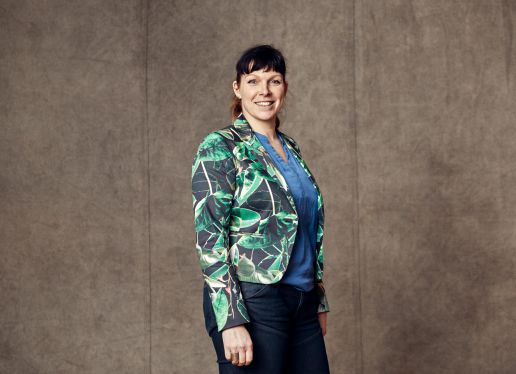
Who is your dream company to collaborate with and why?
We would like to work with innovative companies who are eager to rethink products being made, companies like Alexander McQueen, Martin Margiela or Mugler. Imaging the different shapes you can make if there is no need for seems, not even a shoulder or side seam. Kim Kardashian would be our dream type. Her curvy body is quite a challenge from a pattern-drawing point of view. With our seamless manufacturing method we could create the perfect fitting jacket for her.
Our thanks to Aniela for her insights and joining us in conversation as part of the Key Conversation series with Sustainable Innovations curator, Simon Angel. If you’re interested in a collaboration with Aniela Hoitink, she’d love to hear from you! Find out more here: https://neffa.nl/contact/
Let’s keep the conversation going … did this project spark an idea or do you have any questions? We’d love to hear from you, send us an email to info@munichfabricstart.com
Key Conversations: Natural dyeing as a future fundamental
Colour researcher Julia Kaleta is dedicated to strengthening colour communication and exploration into natural dyeing as a sustainable alternative for the fashion industry. What began as a passion project, the Atlas of Sustainable Colours now addresses a real need in the industry by providing comprehensive colour referencing and inspiration for natural dyeing.
Julia Kaleta sat down with Simon Angel as part of our Key Conversations video series to talks us through the evolutions or the work, the challenges of integration with design libraries as well as the realities embraced by sustainable fashion brands and designers making the move towards sustainable alternatives in dyeing.
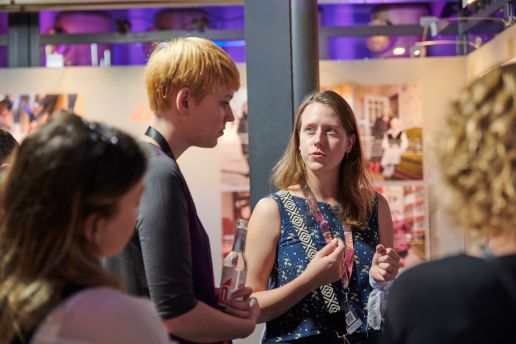
Can you tell us how you work and the atlas itself has changed since you exhibited at Keyhouse in 2019?
During the exhibition I made a lot of new connections and shared a lot of inspiring conversations which made me ask myself more questions about sustainable colouring. Since then, the project changed a bit, but its main goal to be a catalyst and facilitate the debate on sustainable colouring in the textile industry has stayed the same. I am currently working on a digital platform for the Atlas of Sustainable Colours, nevertheless, it is a side project which I am developing in my free time so this is still in the development phase. I keep in touch with researchers and designers in the field to stay up-to-date with new possibilities and challenges of colour innovation. Recently, I applied for a grant to further develop my research but unfortunately didn’t secure the necessary funding which would speed up production of the Atlas of Sustainable Colours, to make it available for those who would benefit from having it in their design libraries.
What is the next step to this project?
The project itself sparks a lot of curiosity as people are very interested in what the project has to offer, usually following up with messages about how to get their hands on a copy. This shows that small brands and independent designers are in need for a guide into alternative colouring. My focus now is on production and realising my dream to make this book available to buy. In the meantime, I offer services as a sustainable colour consultant to help brands navigate the challenges of natural dyeing. While it is not the first catalogue of natural colours, the Atlas of Sustainable Colours is indeed the first compendium and comprehensive guide to colours made with alternative dyeing methods.
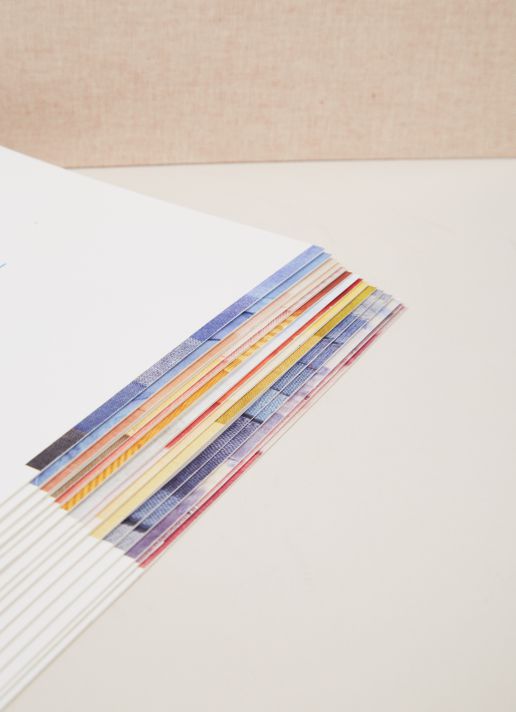
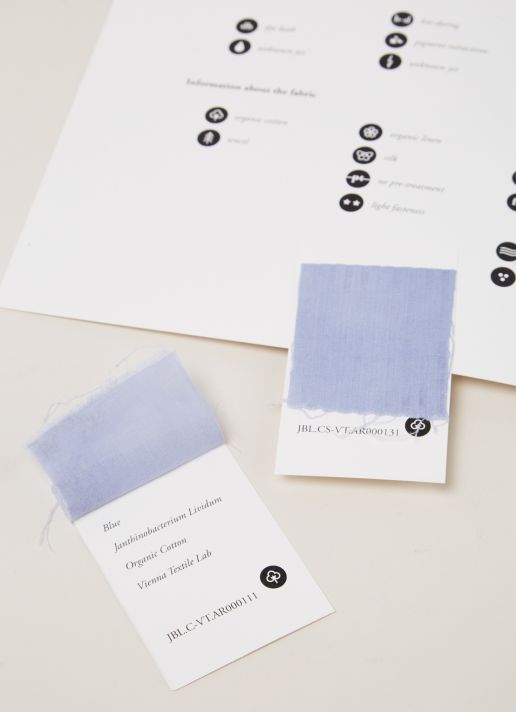
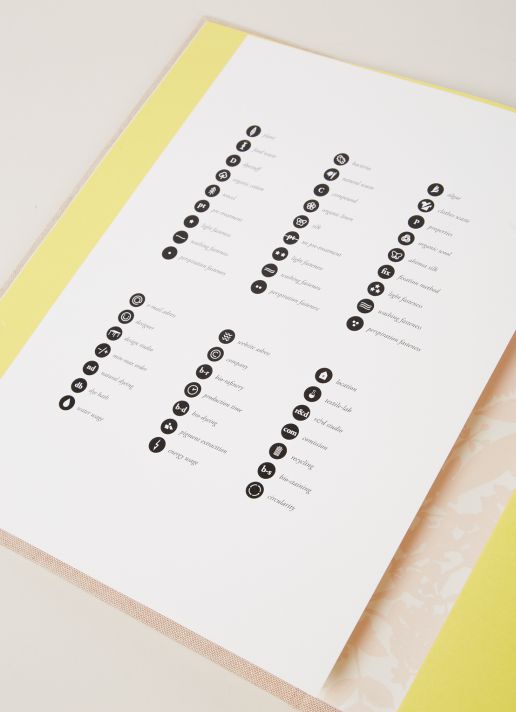
Tell us what you’re currently working on, is there something in particular which is new and challenging you have to tackle?
Last year was particularly challenging for me. Especially while undergoing work to realise the digital platform, it is much bigger project which is still looking for funding to take the project forward. I was invited as a guest lecture to speak with students on the topic ‘Ecological debate in fashion through the prism of colour’. It was an extremely fulfilling experience that has led to my decision to study for a PhD. From here I would say that the most challenging thing will be to remind myself to keep developing the project also way that is sustainable for me.
What’s your viewpoint on colour in fashion?
I look at colour as a tool to create an aesthetic experience. Therefore, I encourage every designer who is in the unique position of power to create new objects, to ask themselves not only about the origin of textiles but also to wonder where the colour comes from and how it was produced. It’s not always easy to find that information, but in the process, you will think more in depth about the complexity of the fashion industry and the importance of questioning the origin of the resources we use. These are the kinds of questions we must ask if we want to make more sustainable products and secure a sustaining life on this planet.
Do you have any advice to brands making the shift from synthetic to natural dyeing processes?
The best way is to open up a conversation with your textile supplier. In the end the goal is to recreate the fashion system, and if you are working with a textile supplier ask if they have in their offer colours made with natural ingredients. If they don’t have it, they will at least notice a demand for change. If your brand’s DNA focuses on optimizing waste and being more circular, it is great to look for fabrics dyed with waste from the food industry or embrace the process of making it on your own. It is important for a designer who wants to work with alternative colours needs to embrace the unpredictability of the outcome of the dyeing process. From a design side of things, it is important to consider the fact that natural colours may gradually fade away. Lastly, locality is a very important sustainable value. What does it mean in the context of dyeing? Look for local dyers in your country and start amazing collaborations with local studios who will dye your collection with indigo, madder or turmeric for example.
Who is your dream company to collaborate with and why?
Oh I would love the Atlas of Sustainable Colours to be in every design school both as a reference and inspiration. Besides that it would be amazing to collaborate with Natsay Audrey Chieza, one of the pioneers in bio-dyeing and a very inspiring woman, who works in a field of biotechnology and design.
Our thanks to Julia Kaleta for her insights and joining us in conversation as part of the Key Conversation series with Sustainable Innovations curator, Simon Angel. If you’re interested in a collaboration with Julia, she’d love to hear from you! Find out more here: https://juliakaleta.com/contact
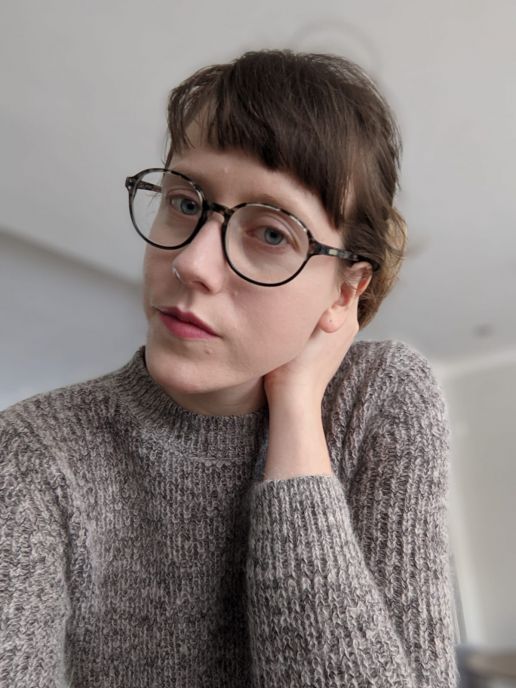
Let’s keep the conversation going … did this project spark an idea or do you have any questions? We’d love to hear from you, send us an email to info@munichfabricstart.com
Sustainable Innovations presents Key Conversations
As the curator of the Sustainable Innovations Forum, Simon Angel keeps an ear close to the ground when it comes to the latest material developments and emerging design concepts. It’s no surprise then that from years of experience he is an expert in cultivating relationships and bridging conversations to strengthen connection and progress in the world of Sustainable Innovations. Don’t miss to read about last seasons’ developments presented physically in the Sustainable Innovations forum at MUNICH FABRIC START.
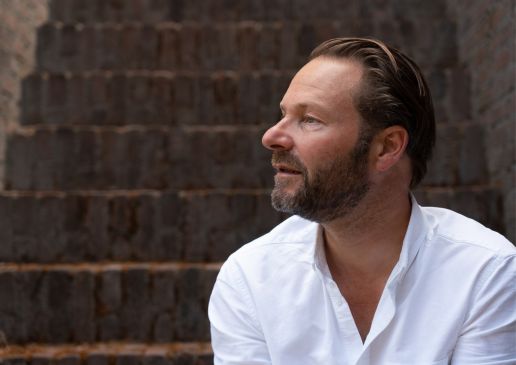
“I’ve always thought of the Sustainable Innovations Forum as a podium, the forum is a place where we can have conversations, discuss ideas and share information. It has become a place for connection and collaboration. In times when designers and sustainable innovators are isolated and we cannot meet as before, it is important that we do not lose this connection. “
Simon Angel, Curator of the Sustainable Innovations Forum
Together with Simon, we have initiated a new video series we are calling ‘Key Conversations’ as an extended platform of the Sustainable Innovations forum. Hoping to provide designers and innovators with the opportunity to prompt and exchange ideas.
Even though designers may feel a sense of disconnection as they work alone in their studios, there is still so much exciting progress being made. By inviting designers to join him in conversation, Simon hopes to resolve this paradox and once again create another platform for connection and facilitate an open exchange of unique insights and experiences.
What is Key Conversations?
Simon will invite designers and innovators from his network as well as past and present members of sustainable innovations community to join him in video conversation. We can look forward to the same lively and friendly interaction which is key to getting to the heart of the projects which Simon will bring on board here. Our goal is to offer tangible insights which can led to real life applications and collaborations by sharing these conversations with our online community.
What is the goal of these conversations?
Collaboration through conversation is key. By revealing insights and sharing an open dialogue there is an opportunity to connect and broaden the scope of what we believe is possible for designers and brands. We hope readers of this blog and viewers who watch our videos can connect with the projects on a deeper level and jump on the profiles and websites of the designers to learn more. There is always a chance to take part in the conversation by sending an email to Simon Angel or the designers featured.
What innovations will we hear about?
We are keen to provide our community with an update from our previous participates of the Sustainable Innovations Forum. Especially, we will hear about the progress and growth of their concepts since joining us at the Keyhouse. As well as this, Simon will speak with innovators in the fields of organic material development, natural dyeing solutions, and the use of natural resources in technology, among many more unique and diverse topics.
What now?
New videos and interviews will be shared on our social media channels and Munique Blog. We will feature upcoming articles here in an easy collection coming soon!
Let’s keep the conversation going … did this project spark an idea or do you have any questions? We’d love to hear from you, send us an email to info@munichfabricstart.com
A Look Back at 2020
It is popular to indulge in the mindset that we must put 2020 behind us and as quickly as possible. Ready to leave 2020 in the past and look only to the New Year for the future. As if there lays hope in 2021, like a magic wand it would undo and restart the world anew. But we must look back in order to look forward which is especially the case for creative innovator. In a year confronted with radical change, I can look back and break down general defining responses into three categories as:
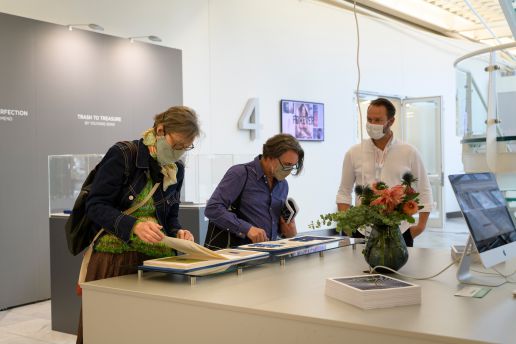
Those who ‘endured’ change.
Those who ‘embraced’ change.
Those who ‘ignored’ change.
I think, as an allegory, this is what designers and developers ‘do’ every day. It is part of their daily practice: endure, challenge and ignore. From this perspective the majority of society is now familiar with the same practices designers have faced working in their studios’.
Looking back at 2020 among the broad network of designers and students, I am pleased to see that they have continued their practices. Perhaps you’ll be surprised to hear that a lot of them even made profit from the changes that Corona brought us. Designers from the sustainable front were celebrated. Shy geniuses were noticed and people who were previously unaware of the major flaws in the fashion and textile industry, could no longer ignore the cracks in the system: 2020 revealed the cracks and broadened awareness.
A positive response to change: the focus on sustainability and the sense of urgency to work in this way has never been clearer and has never before revealed the system ‘as a whole’ as clearly as it seems ‘NOW’. In previous articles, I pointed out that designers have a natural instinct to reflect on their contribution, to focus on their niche-solution but to observe the system as a whole. Discover the Sustainable Innovations series on the Munique Blog.
Now, however, the designers are no longer the front runners and exhausted messengers, screaming alone into the dessert. Instead, the industry: mills, dyers, production factories, governments and consumers seem to join forces and come together to solve the bigger problems in the system. This sense of urgency is a huge call for collaboration.
Meaning that our designers are free to take up a new position, leading innovation to new frontiers without the frustration of static movement from the industry. More and more, designers are re-thinkers and importantly, value collaborators. From this perspective I am very hopeful. We are still in a stage of responding to the established system, economy and behaviours … BUT I am very sure that the movement of change will continue to get stronger and broader than ever.
The challenge for now is to keep the focus on virtue, value and volume which has been the focus of our Sustainable Innovations forum since the January 2019 edition of Munich Fabric Start.
Virtue: having an idea about what you do, why you act and how this impacts society and our planet in a positive way
Value: the added value to the system, others and the whole as an effect on a certain act
Volume: think modest and act from need, not from greed
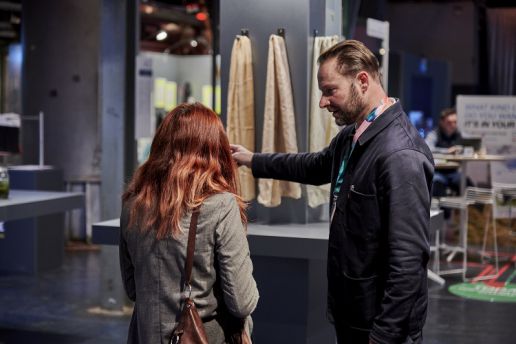
So, the actual risk in times of corona is to stress the choice between polarising OR collaborating; You are either ‘for’ or ‘against’. You are ‘in’ or ‘out’. The nuances, differences and challenges disappear from the stage. In the textile industry there is only one way: bridging the differences, uniting our similarities and cherish our authentic strengths, reminding me of the ‘Reach out and touch’ song.
The textile industry, as a front runner on fashion, can serve as the blueprint for a changing society and business practices. The ‘good’ practice. Connecting with the fact that all throughout history there exists no closer relationship to the human skin as textiles.
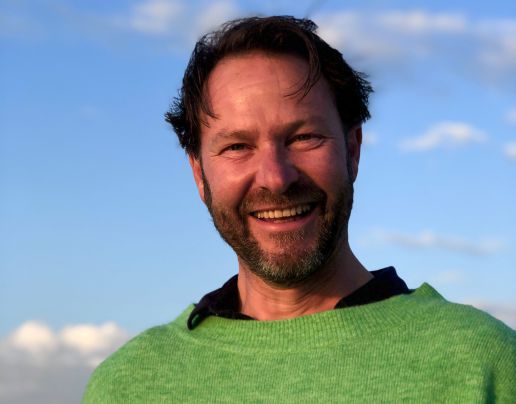
ABOUT THE AUTHOR
“I’m always keen to bring inspiring topics and sustainable projects into the spotlight through my work at the Sustainable Innovations forum at Munich Fabric Start and with each of my contributions to the Munique Blog. Check out @simonangelmfs for more sustainable projects, inspiration and discovery.“
Simon Angel | sa@simonangel.nl
Sustainable Sourcing with ReSOURCE
Every season we see new sustainable novelties and extended eco ranges popping up among many of the collections showcased at our shows. As the majority of manufacturers who join us for any given season will say, if they hope to satisfy the global urgency for sustainable products, it is crucial to focus on sustainability along the whole supply chain.
Of course, we wouldn’t leave it to our visitors to find all the sustainable components they require among some 1000 manufacturers across all four halls in the MOC, Munich. This is why we established ReSOURCE in 2018 as the follower of the previous Organic Selection area to provide our guests with a convenient and efficient selection of responsible fabrics and trims. Making it possible to discover a diverse and fresh showcase of sustainable products all in one inspiring location. Our area for sustainable sourcing has grown into a space where teams discover new possibilities in the world of responsible fashion and textiles.
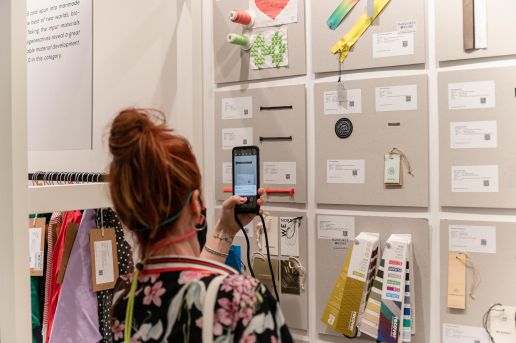
At each edition of ReSOURCE, visitors can meet with our experts from international certification organisations, IVN, GOTS and OEKO-TEX. The certification seals offered by the independent certifications ensure credibility and build consumer confidence that they are supporting sustainable textile production among many other things. Discover their most frequently asked questions here.
As well as offering textile solutions for a circular economy, visitors can also discover the latest innovations created with resource saving technologies, environmentally friendly processes as well as non-harmful technologies for wet processing. With further developments in vegan leathers and accessories and plastic free packaging solutions also on showcase with ReSOURCE.
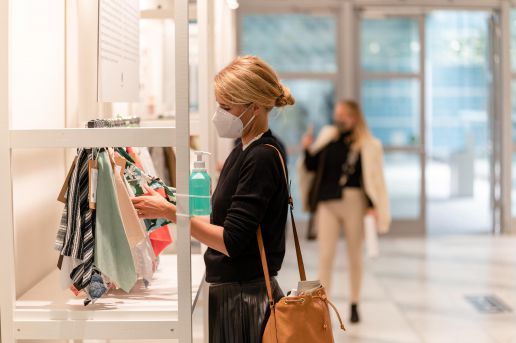
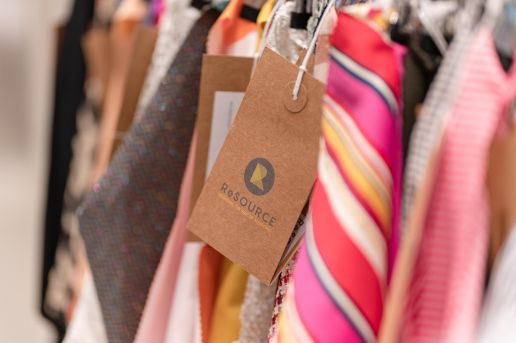
With approximately 800 articles, ReSOURCE presents the latest in sustainable fabric, leather, packaging, threads and accessory solutions in recycled, organic, GOTS, regenerated cellulosics, bioplastics and leather alternatives among many more sustainable qualities. The established collection features more than 40 unique certificates to certify their sustainable qualities with new showcases including a biobased PA stretch fabrics by Brugnoli Giovanni, leathers made of reclaimed and recycled leathers by Raus S., a new range of cupro fabrics by Ipeker in varying weights and colours plus a broad selection in certified organics by Life Clothes, Marzotto Wool and Hornung and many more.
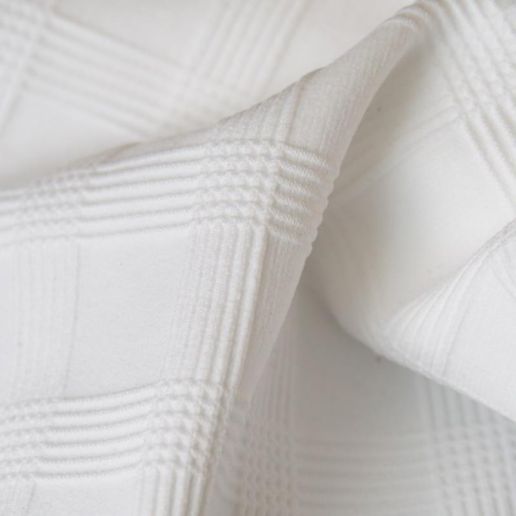
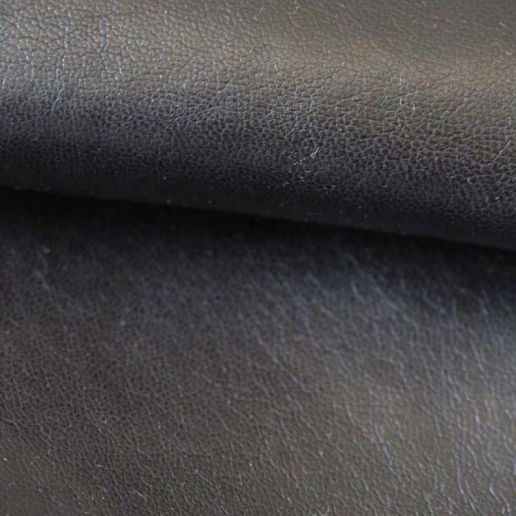
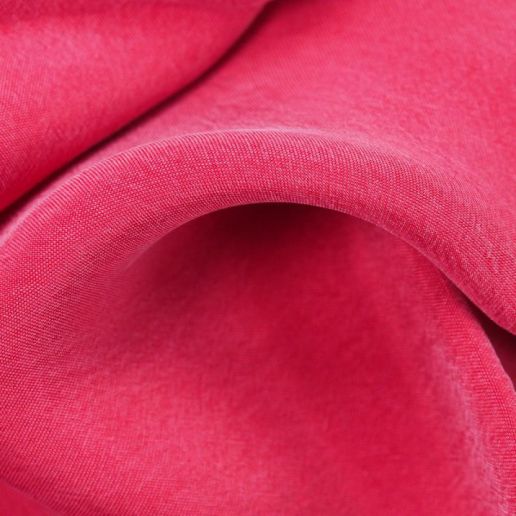
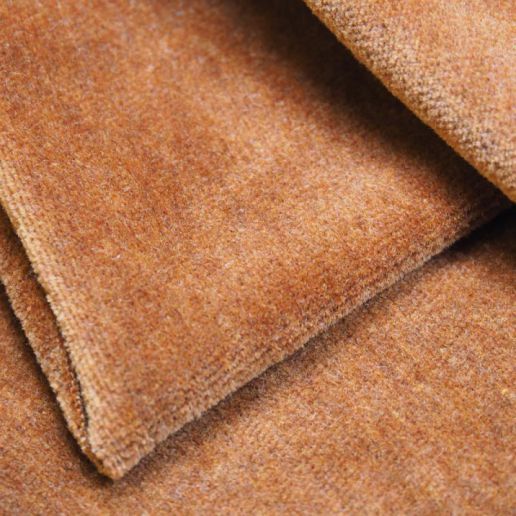
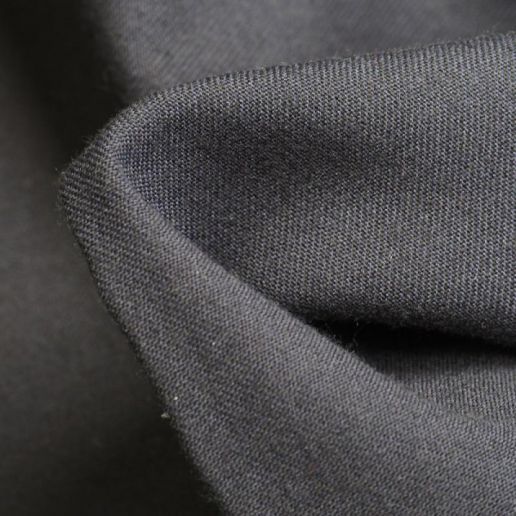
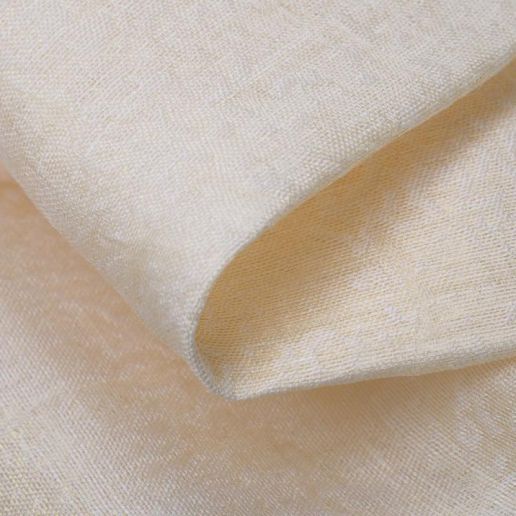
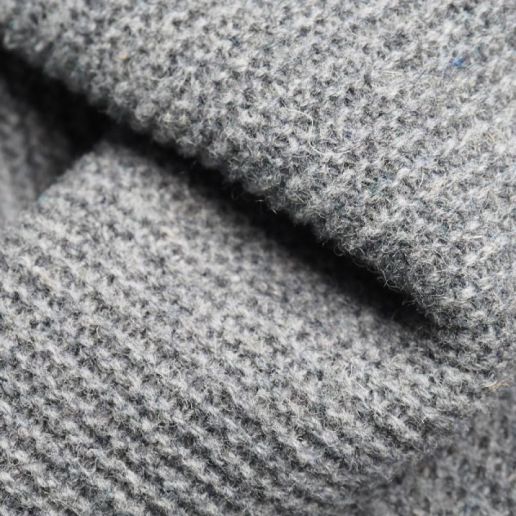
Trims, accessories and labelling solutions come with a range of certifications, often showcasing the latest novelty such as biodegradable labels infused with sunflower seeds by Könen Additionals which can be planted and used to grow your own flowers after use. The vegan leather made of pineapple by We Nordic who also produce labels made of Bagasse, the waste product in sugar refinement processes. With many suppliers many suppliers including, Estro, Union Knopf and Nilorn offering a range of buttons made of natural materials such as shell, horn, wood, coconut and plants.
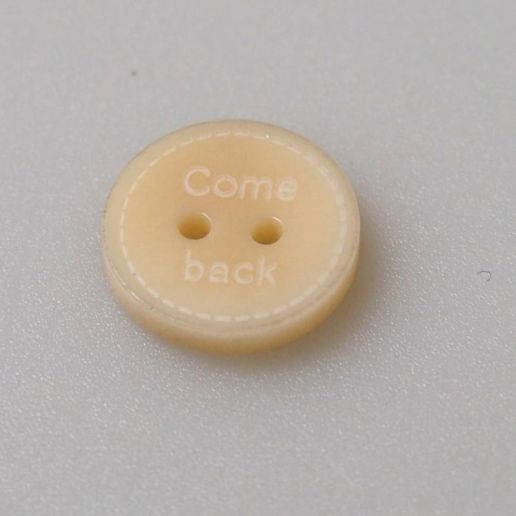
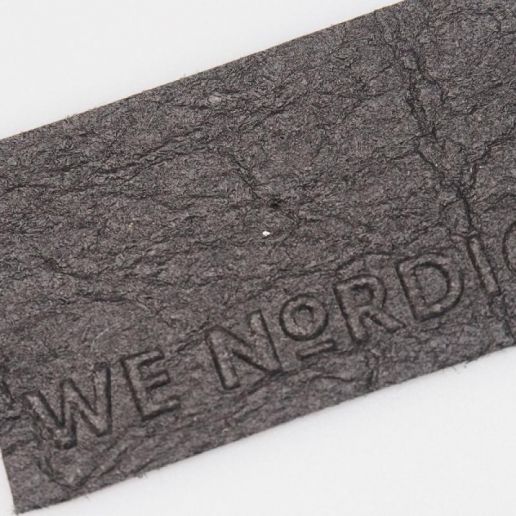
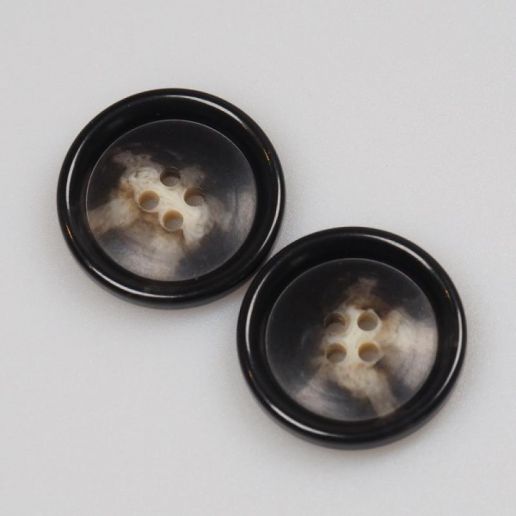
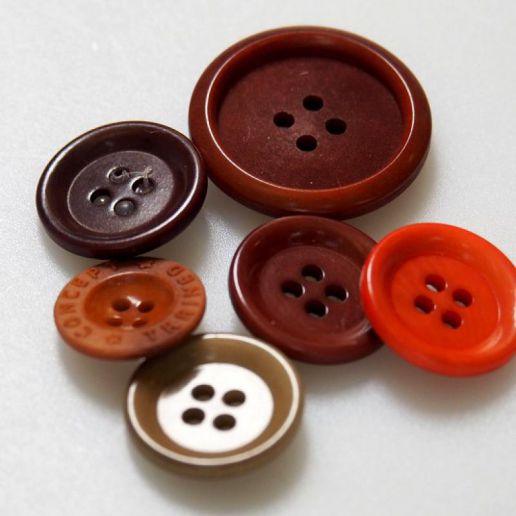
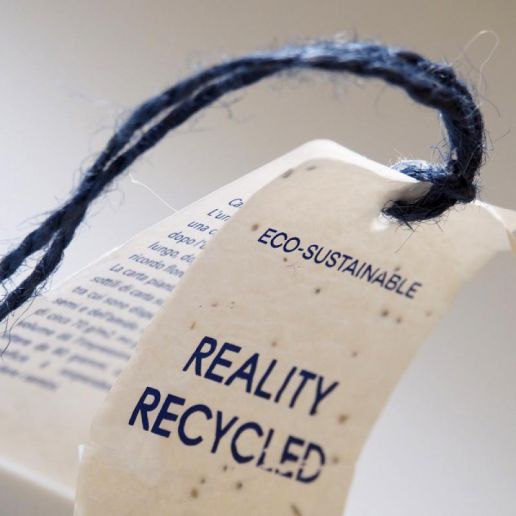
Many exciting updates coming soon to the ReSOURCE online sourcing platform.
AW 21/22 Trend Analysis #5: Gameshifter
The Autumn.Winter 21/22 Trend Forecast by MUNICH FABRIC START presents HOPETIMISM, this season’s title which stands for hope and optimism – it is a mindset that explores new ways and perspectives. Its spirit brings our industry together during a very challenging time to design innovative products and processes that fulfil new market needs. The MUNICH FABRIC START Trend Team presents the 5 trend themes for AW21/22: FOREVER, DREAMATIC, EARTHTOPIA HAPPY CHAOS & GAMESHIFTER.
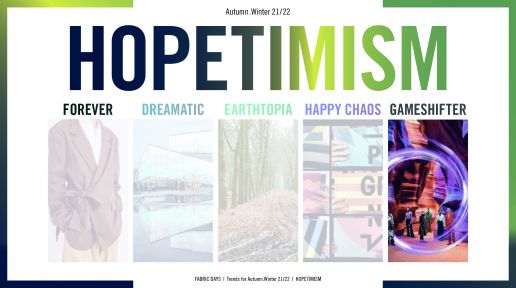
HOPETIMISM AW21/22 Trend Themes
FOREVER stands for semi-elegant, cosy and classic home & all day wear.
DREAMATIC creatively stages a progressive and urban casual fashion.
EARTHTOPIA shows a strong consciousness for function and tradition.
HAPPY CHAOS is an optimistic playground for sports, diy, craftsmanship and improvisation.
GAMESHIFTER combines futuristic high-tech innovation with flashy glamour.
Now we look at the final trend theme GAMESHIFTER:
HOPETIMISM TREND THEME #5: GAMESHIFTER
GAMESHIFTER is a word play made up of Gamechanger and Shapeshifter. Existing realities are mixed with visionary prospects for the future. Gamechangers are changing the world and may be the ones to find the vaccine against Covid-19, while a Shapeshifter make sure of artifitial intelligence as a hybrid between a man and a machine.
With GAMESHIFTER, the combination of both these influences form a trend that awakens the desire for the right balance of consumption, that is both desired and allowed.
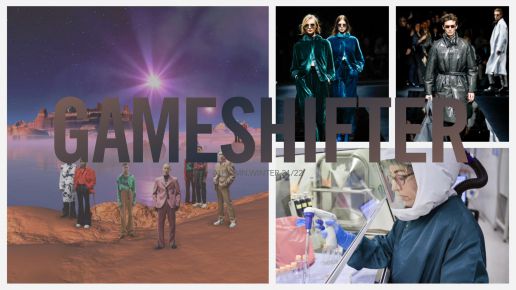
We dive into a world of dark colours, which also has something mystical and dystopian about it. The palette is energized by rich, silky, decorative baroque colours. The sporty mix of these colours creates an exciting colour palette.
For the full AW21/22 Trend Forecast which includes Pantone, Coloro and Archroma colour codes combines a mix of fashion trends, sustainability and innovation alongside current inspirations in art, culture, architecture and design, order your copy here.
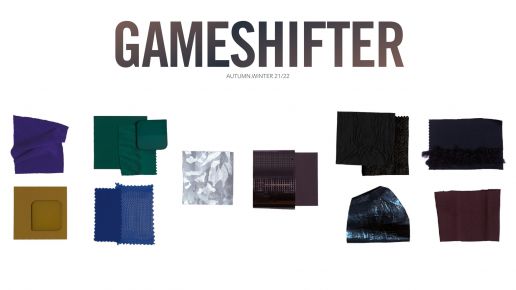
GAMESHIFTER allows two different material worlds to meet. On the one hand that of stable and dramatic fabrics and trimmings, in which a functional approach determines the decorative material development. This is achieved with powerful synthetics, polyamide sportswear, structural volume, quilted and embossed textiles, jacquard, tech jersey or fly knit.
For accessories, the material mix combines lamé, lurex, glitter and dark metallic colours for buttons and ribbons.
Take a look through the fabric and accessories highlighted in the GAMESHIFTER trend theme showcased in the HOPETIMISM Trend Forum at Fabric Days, 1-3 September 2020 in Munich.
The full Autumn.Winter 21/22 Trend Forecast is available to order from our website. For further trend information in the following categories:
Emotions and Moods
Fabrics and Materials
Fashion and Classic Styles
Technology and Science
Thrivability Values as innovative sustainable impulses
Covid-19 influences for a future in times of a pandemic
Order the full AW21/22 Trend Forecast here.

OPENING TIMES
2. MARCH 2021 · 9:30 – 18:30
3. MARCH 2021 · 9:30 – 18:30
4. MARCH 2021 · 9:30 – 16:00
LOCATION
MOC Munich | Halls 1 – 4 Groundfloor
Lilienthalallee 40
Germany, 80939, Munich
AW 21/22 Trend Analysis #4: Happy Chaos
The Autumn.Winter 21/22 Trend Forecast by MUNICH FABRIC START presents HOPETIMISM, this season’s title which stands for hope and optimism – it is a mindset that explores new ways and perspectives. Its spirit brings our industry together during a very challenging time to design innovative products and processes that fulfil new market needs. The MUNICH FABRIC START Trend Team presents the 5 trend themes for AW21/22: FOREVER, DREAMATIC, EARTHTOPIA HAPPY CHAOS & GAMESHIFTER.
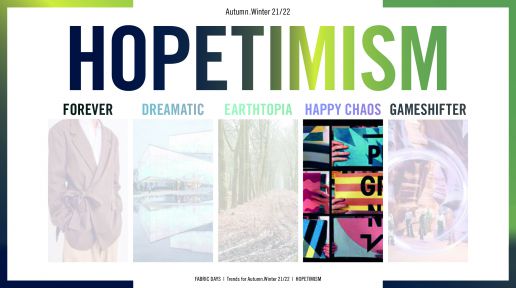
HOPETIMISM AW21/22 Trend Themes
FOREVER stands for semi-elegant, cosy and classic home & all day wear.
DREAMATIC creatively stages a progressive and urban casual fashion.
EARTHTOPIA shows a strong consciousness for function and tradition.
HAPPY CHAOS is an optimistic playground for sports, diy, craftsmanship and improvisation.
GAMESHIFTER combines futuristic high-tech innovation with flashy glamour.
Next we look at the trend theme HAPPY CHAOS:
HOPETIMISM TREND THEME #4: HAPPY CHAOS
Characteristic for the HAPPY CHAOS are the optimistic doers in the interplay of new digital and analogue realities and identities. Problems are mastered in a playful way, an open approach to the new family reality is cultivated. Thanks to the influences of technology, real ideas in this field are served virtually – for example, through digital fashion collections on social media channels that are only shown online and are not available in reality.
We find ourselves between gaming, digital learning and working. HAPPY CHAOS is loud, exaggerated and excessive. This is also reflected in the HAPPY CHAOS colour palette:
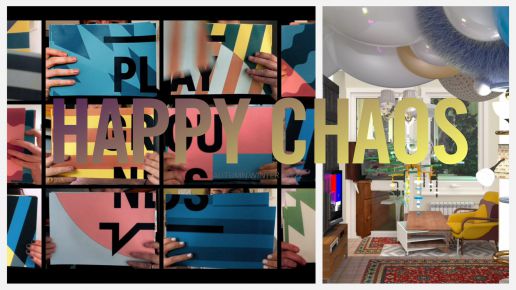
Soft, natural basic colours such as neutral brown and khaki tones are contrasted with cheerful, bright Nintendo colours. Offwhite plays with intense colours like sporty fake neons in yellow and blue through brightness and depth.
For the full AW21/22 Trend Forecast which includes Pantone, Coloro and Archroma colour codes combines a mix of fashion trends, sustainability and innovation alongside current inspirations in art, culture, architecture and design, order your copy here.
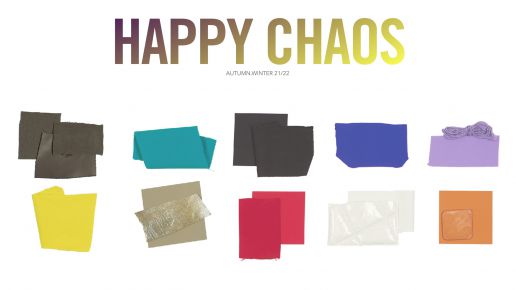
HAPPY CHAOS uses a wild mix of materials; vinyl meets recycled polyester, cotton and unusual textiles. Transparency also plays a major role – in materials, finishes and accessories.Trims are often laser-cut or have metallic details. Patterns appear as if created by a random generator, with digital prints and unpredictable collages. Strong, intense colours are often used, but only subtly, and combined with natural elements.
Take a look through the fabric and accessories highlighted in the HAPPY CHAOS trend theme showcased in the HOPETIMISM Trend Forum at Fabric Days, 1-3 September 2020 in Munich.
The full Autumn.Winter 21/22 Trend Forecast is available to order from our website. For further trend information in the following categories:
Emotions and Moods
Fabrics and Materials
Fashion and Classic Styles
Technology and Science
Thrivability Values as innovative sustainable impulses
Covid-19 influences for a future in times of a pandemic
Order the full AW21/22 Trend Forecast here.

OPENING TIMES
2. MARCH 2021 · 9:30 – 18:30
3. MARCH 2021 · 9:30 – 18:30
4. MARCH 2021 · 9:30 – 16:00
LOCATION
MOC Munich | Halls 1 – 4 Groundfloor
Lilienthalallee 40
Germany, 80939, Munich
AW 21/22 Trend Analysis #3: Earthtopia
The Autumn.Winter 21/22 Trend Forecast by MUNICH FABRIC START presents HOPETIMISM, this season’s title which stands for hope and optimism – it is a mindset that explores new ways and perspectives. Its spirit brings our industry together during a very challenging time to design innovative products and processes that fulfil new market needs. The MUNICH FABRIC START Trend Team presents the 5 trend themes for AW21/22: FOREVER, DREAMATIC, EARTHTOPIA HAPPY CHAOS & GAMESHIFTER.
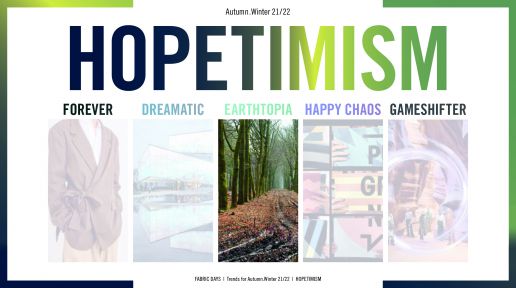
HOPETIMISM AW21/22 Trend Themes
FOREVER stands for semi-elegant, cosy and classic home & all day wear.
DREAMATIC creatively stages a progressive and urban casual fashion.
EARTHTOPIA shows a strong consciousness for function and tradition.
HAPPY CHAOS is an optimistic playground for sports, diy, craftsmanship and improvisation.
GAMESHIFTER combines futuristic high-tech innovation with flashy glamour.
We focus next on the trend theme EARTHTOPIA:
HOPETIMISM TREND THEME #3: EARTHTOPIA
EARTHTOPIA is made up of EARTH and UTOPIA and deals with the desire and striving for a healthier world. We want to give something back to the earth, give it space to recover. But it is also about the human being who recovers in nature and recharges his resources.
Especially in challenging times such as the current situation, there are more people than ever drawn to nature to pursue the longing for silence and peace. But EARTHTOPIA also puts nature itself in a central light – gigantic and imposing. The power of the forest, of water, mountains and glaciers becomes tangible and visible here.
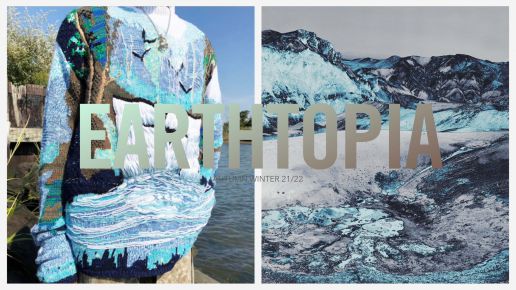
In keeping with the theme, the focus is on natural colour tones that especially appear through warm-cold-contrasts. The spectrum of colours ranges from coloured stone tones to warmer earthy, muddy and mossy nuances. Accents in this natural palette are set by a fiery rust tone and an icy glacial mint.
For the full AW21/22 Trend Forecast which includes Pantone, Coloro and Archroma colour codes combines a mix of fashion trends, sustainability and innovation alongside current inspirations in art, culture, architecture and design, order your copy here.
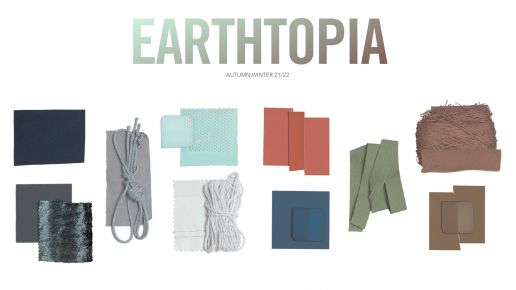
This trend is about traditional materials that have a technical function – often also in a material mix: for example, in the form of natural materials mixed with synthetics. At the same time, the search is on for recycled and innovative trimming materials.
The atmosphere of wilderness and adventure is created by faux fur and teddy plush, but also natural dyes and camouflage bacterial stains. The same applies to functional patching in muted earth colours and the use of wood, stone, nut and cotton linen as materials. Prints are mainly replicas of nature, while traditional checks and herringbone also set the tone for prints.
Take a look through the fabric and accessories highlighted in the EARTHTOPIA trend theme showcased in the HOPETIMISM Trend Forum at Fabric Days, 1-3 September 2020 in Munich.
The full Autumn.Winter 21/22 Trend Forecast is available to order from our website. For further trend information in the following categories:
Emotions and Moods
Fabrics and Materials
Fashion and Classic Styles
Technology and Science
Thrivability Values as innovative sustainable impulses
Covid-19 influences for a future in times of a pandemic
Order the full AW21/22 Trend Forecast here.

OPENING TIMES
2. MARCH 2021 · 9:30 – 18:30
3. MARCH 2021 · 9:30 – 18:30
4. MARCH 2021 · 9:30 – 16:00
LOCATION
MOC Munich | Halls 1 – 4 Groundfloor
Lilienthalallee 40
Germany, 80939, Munich


